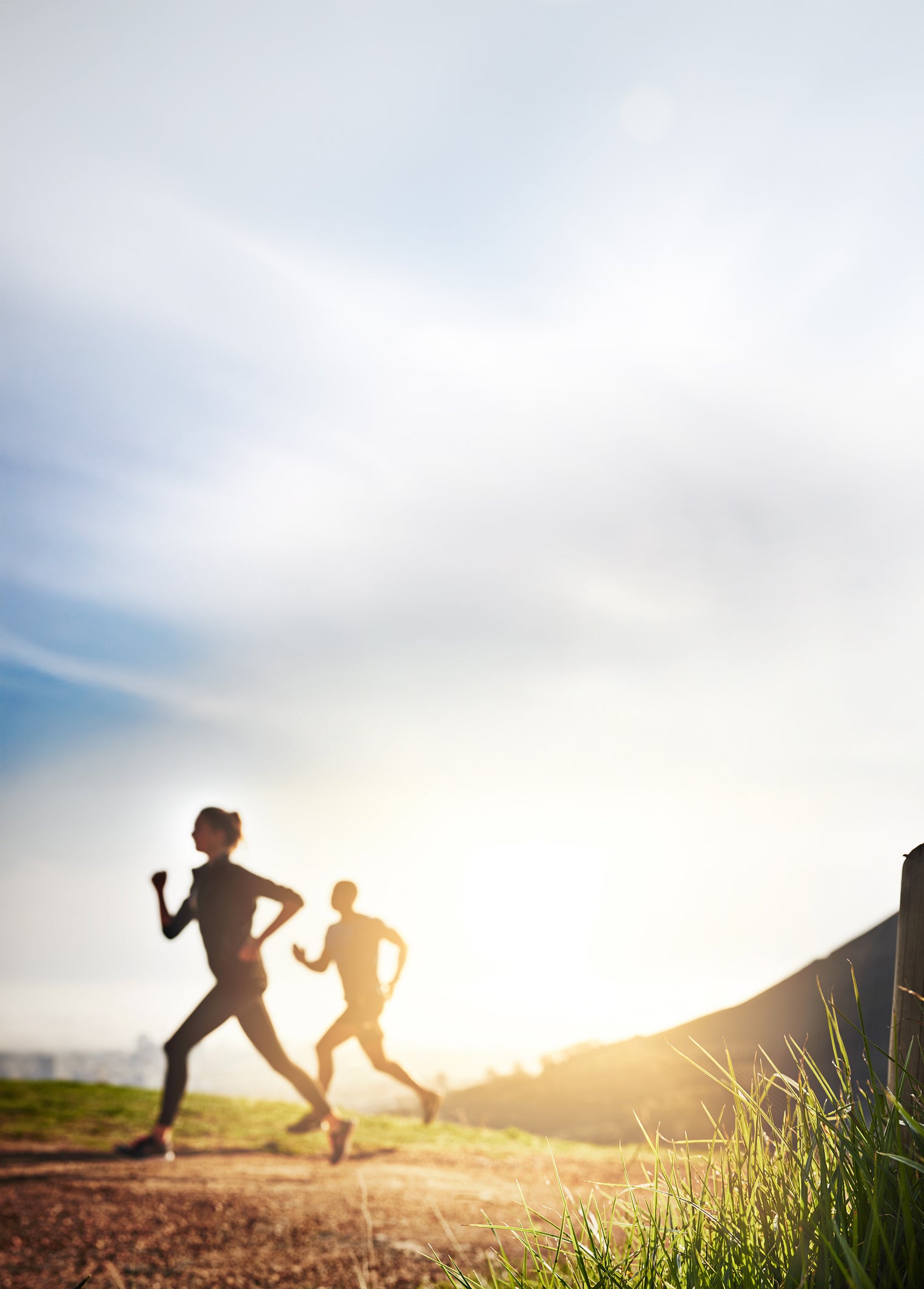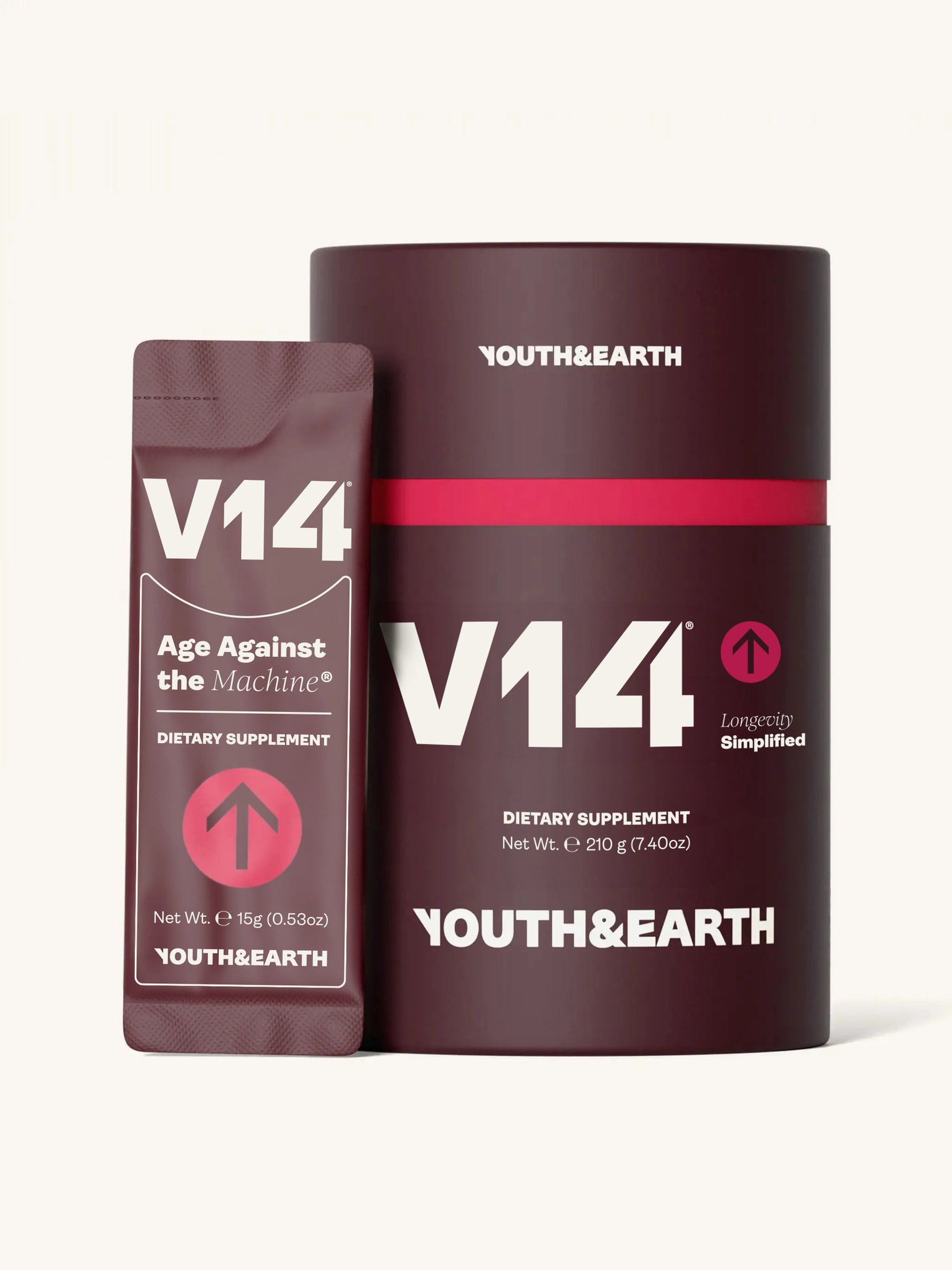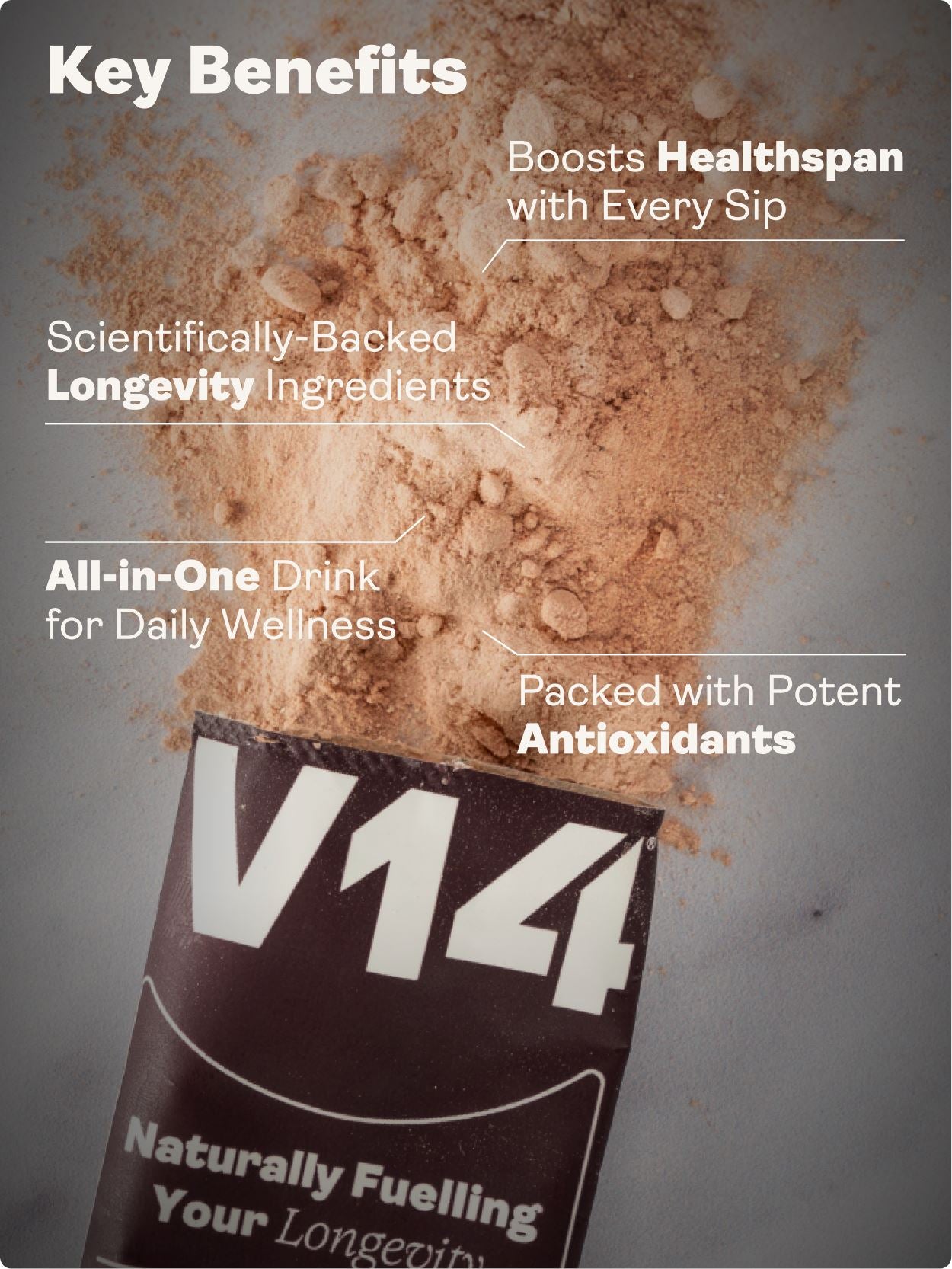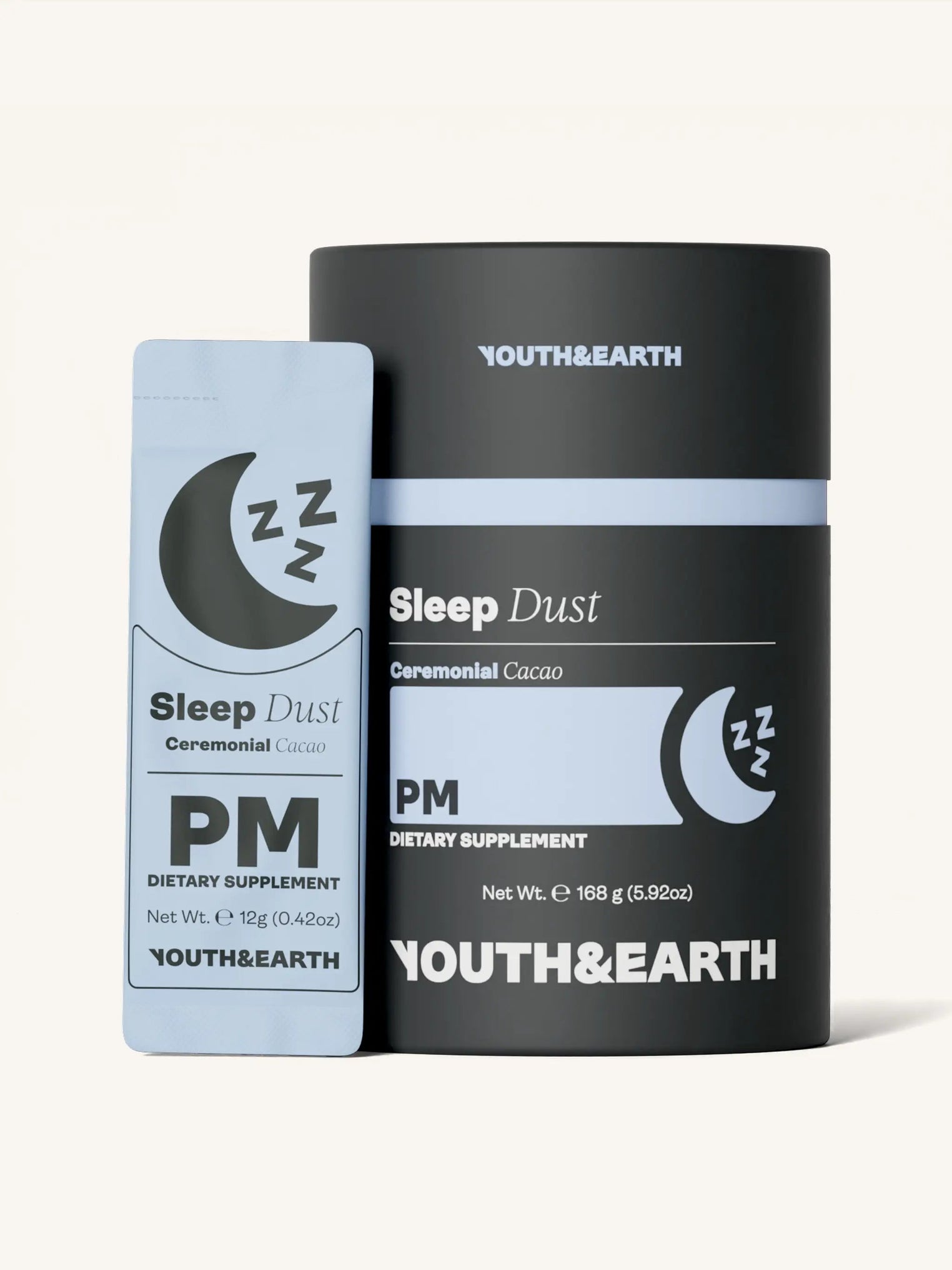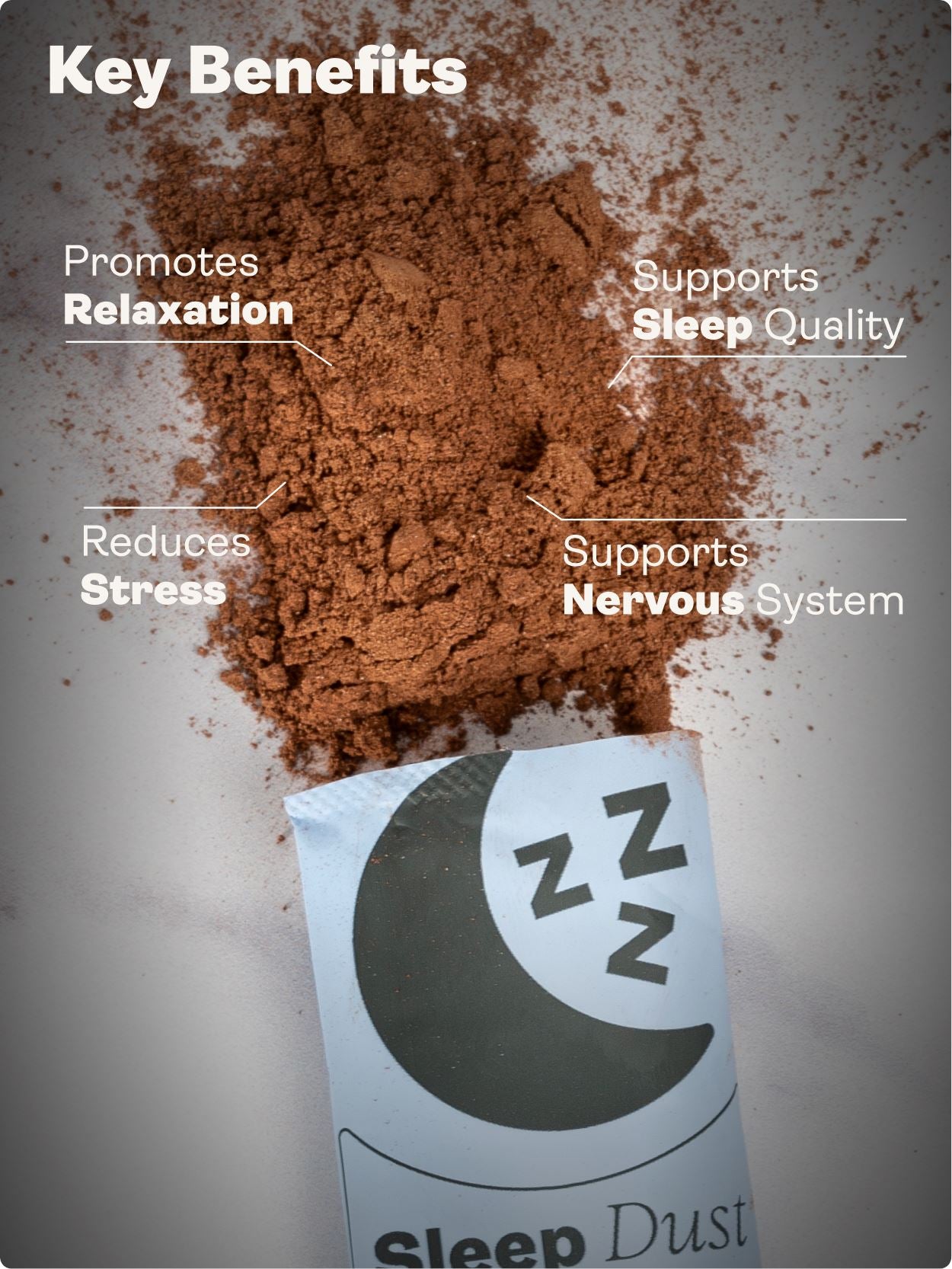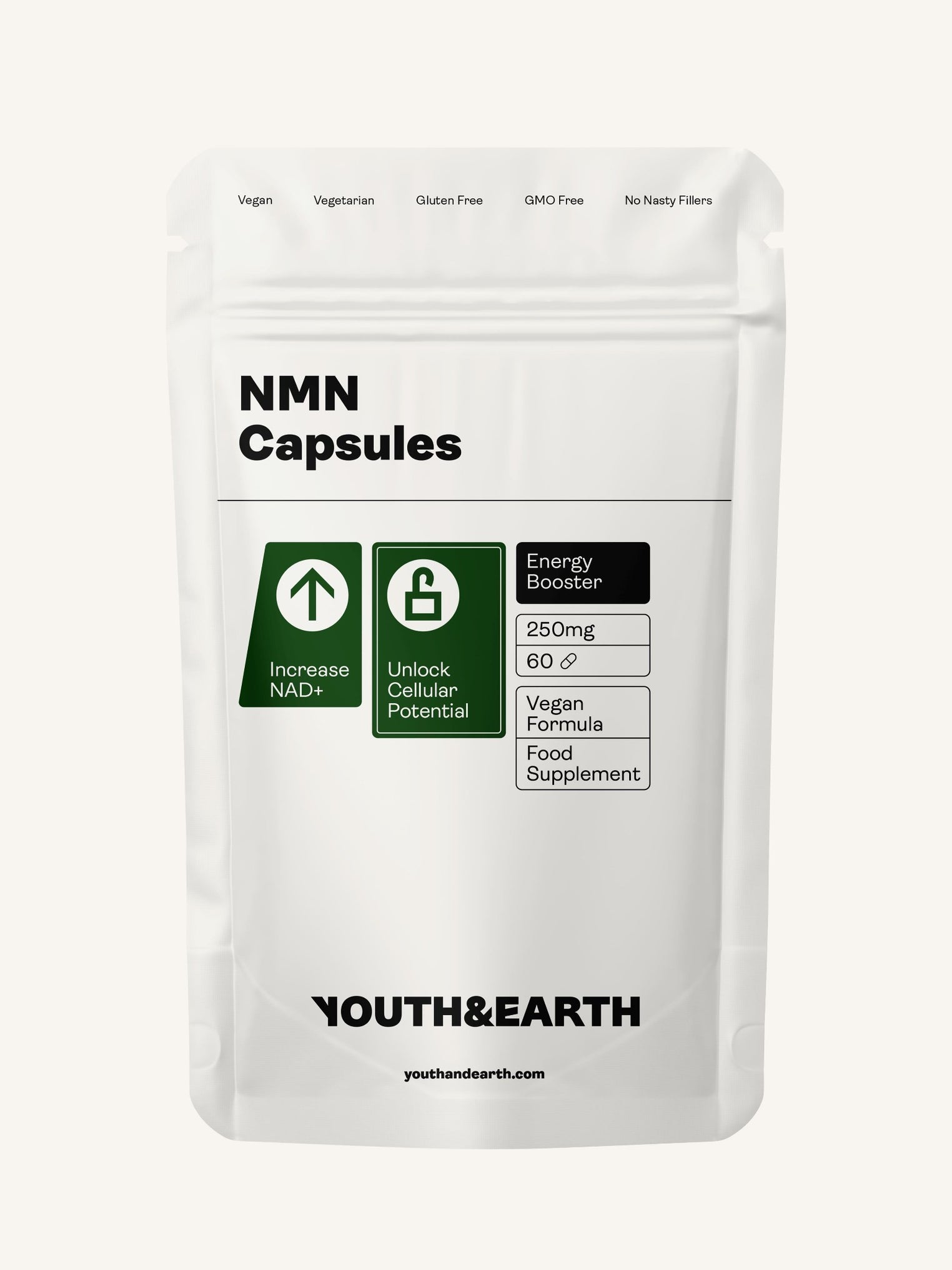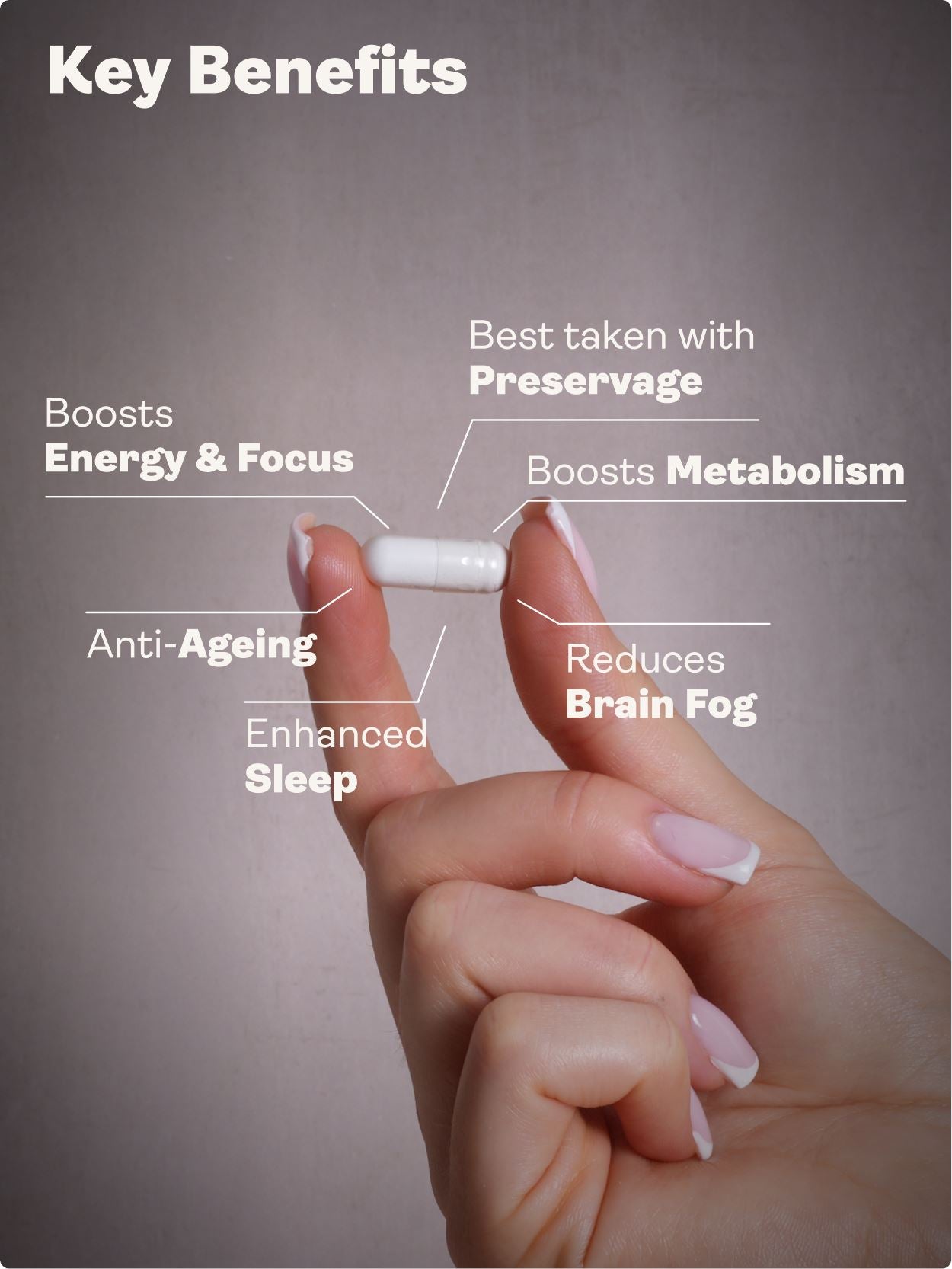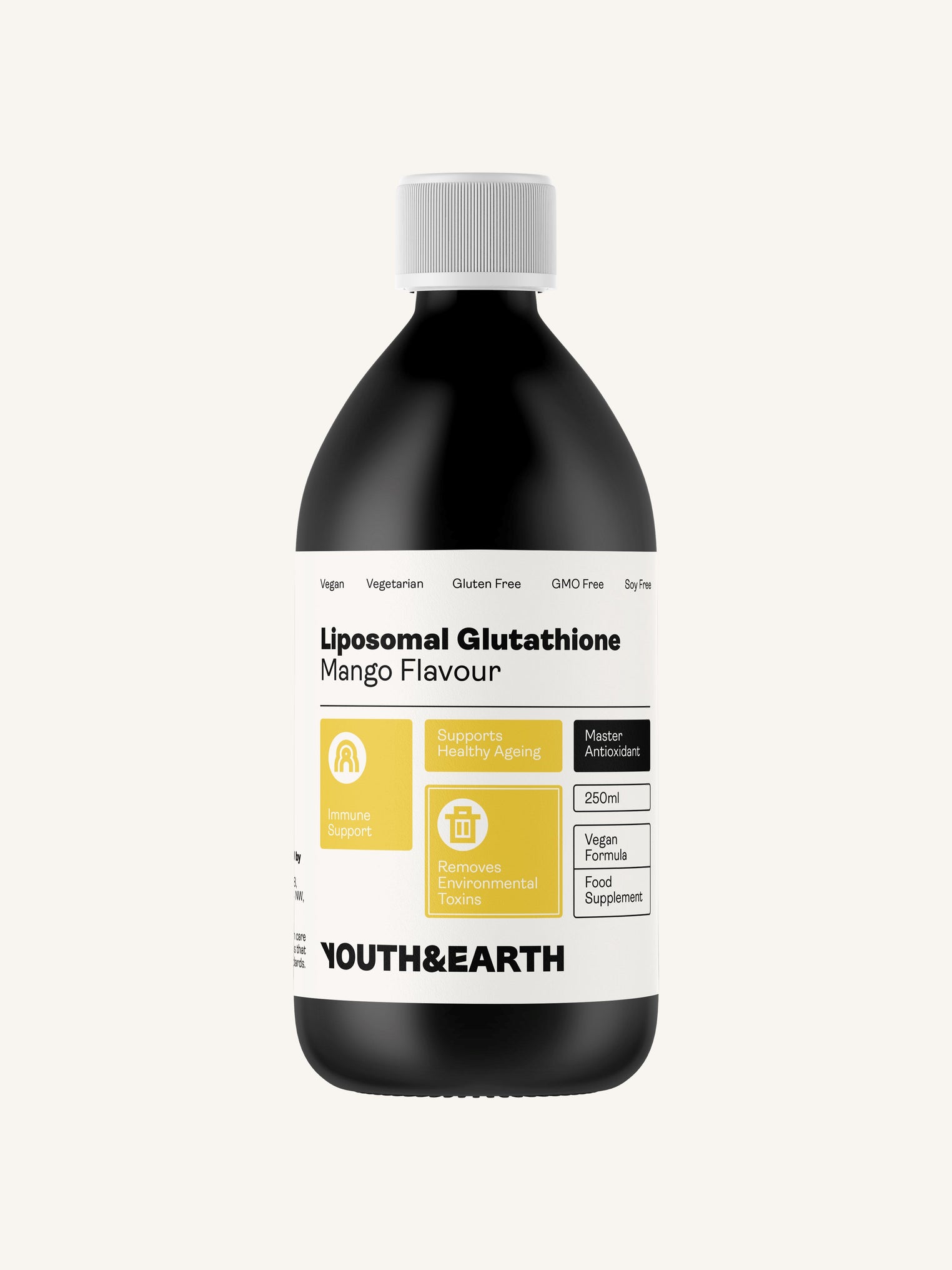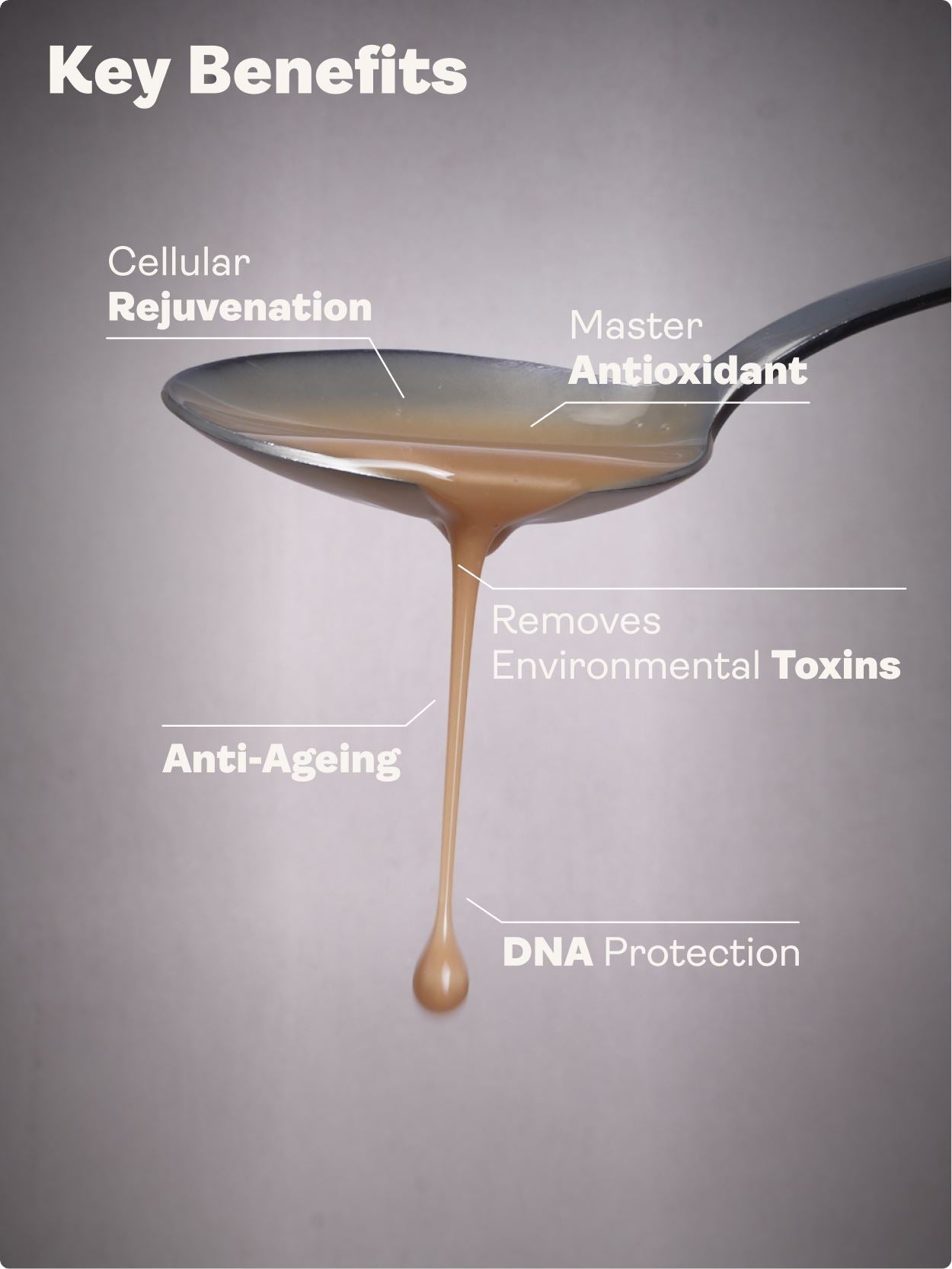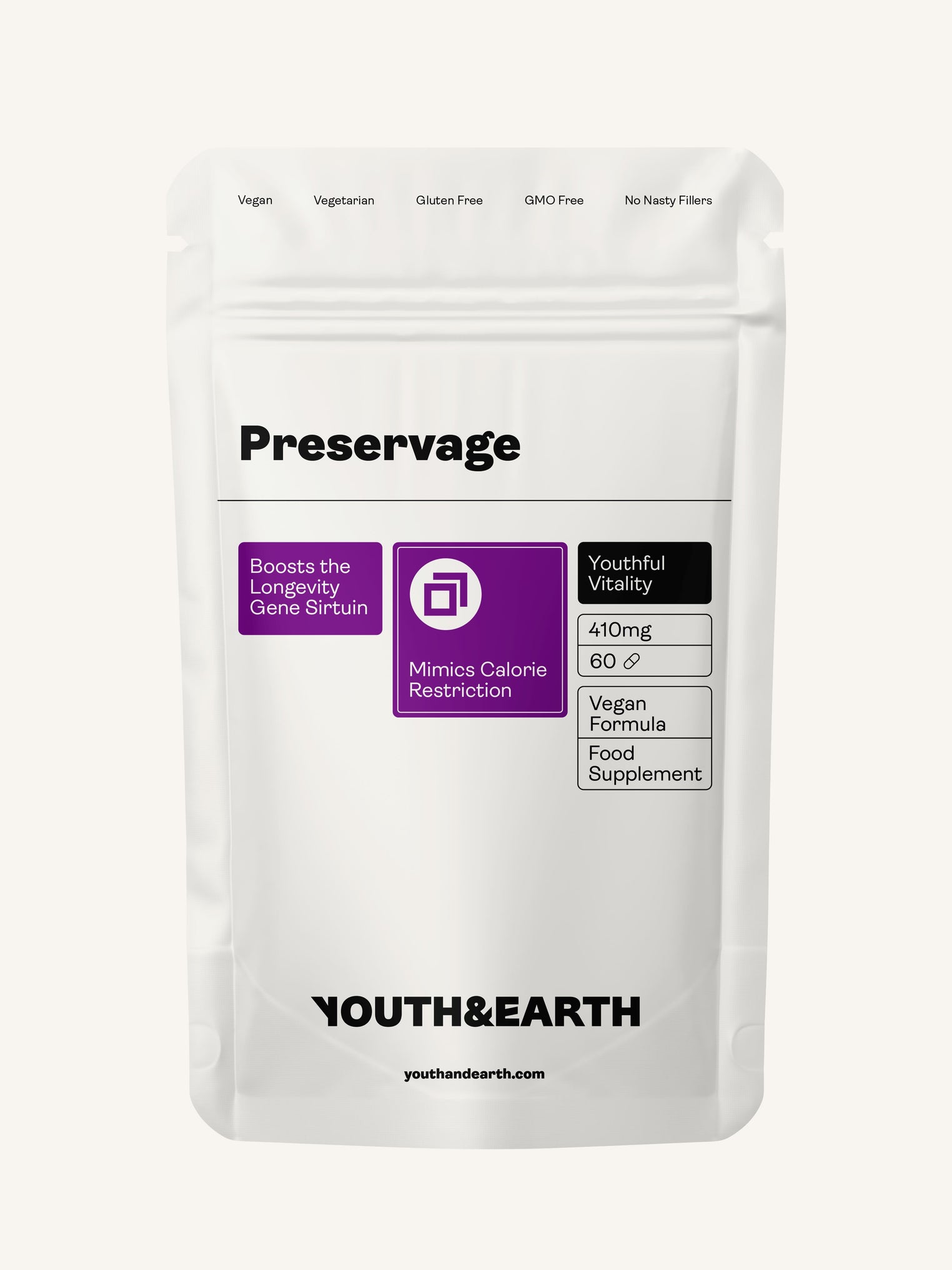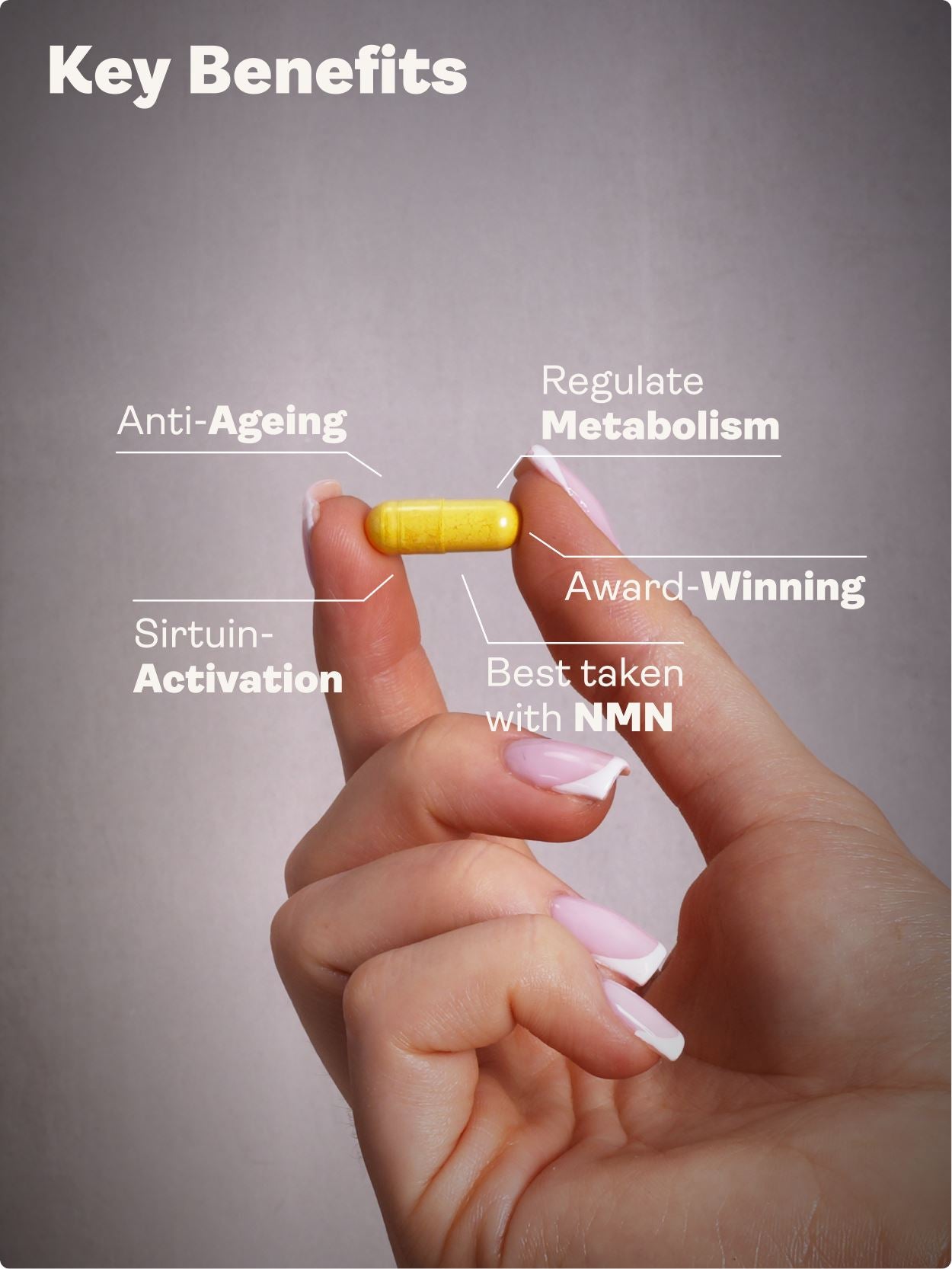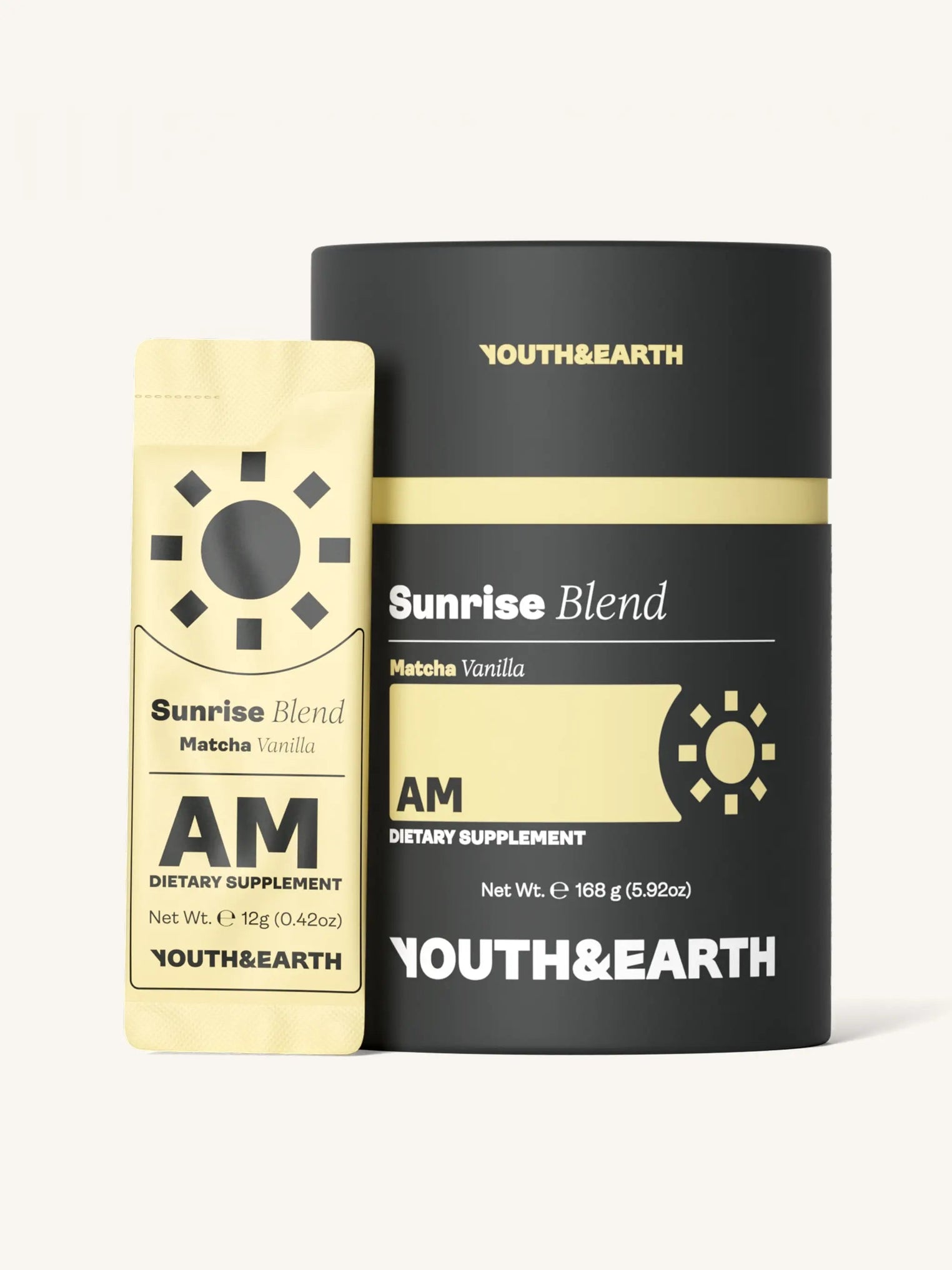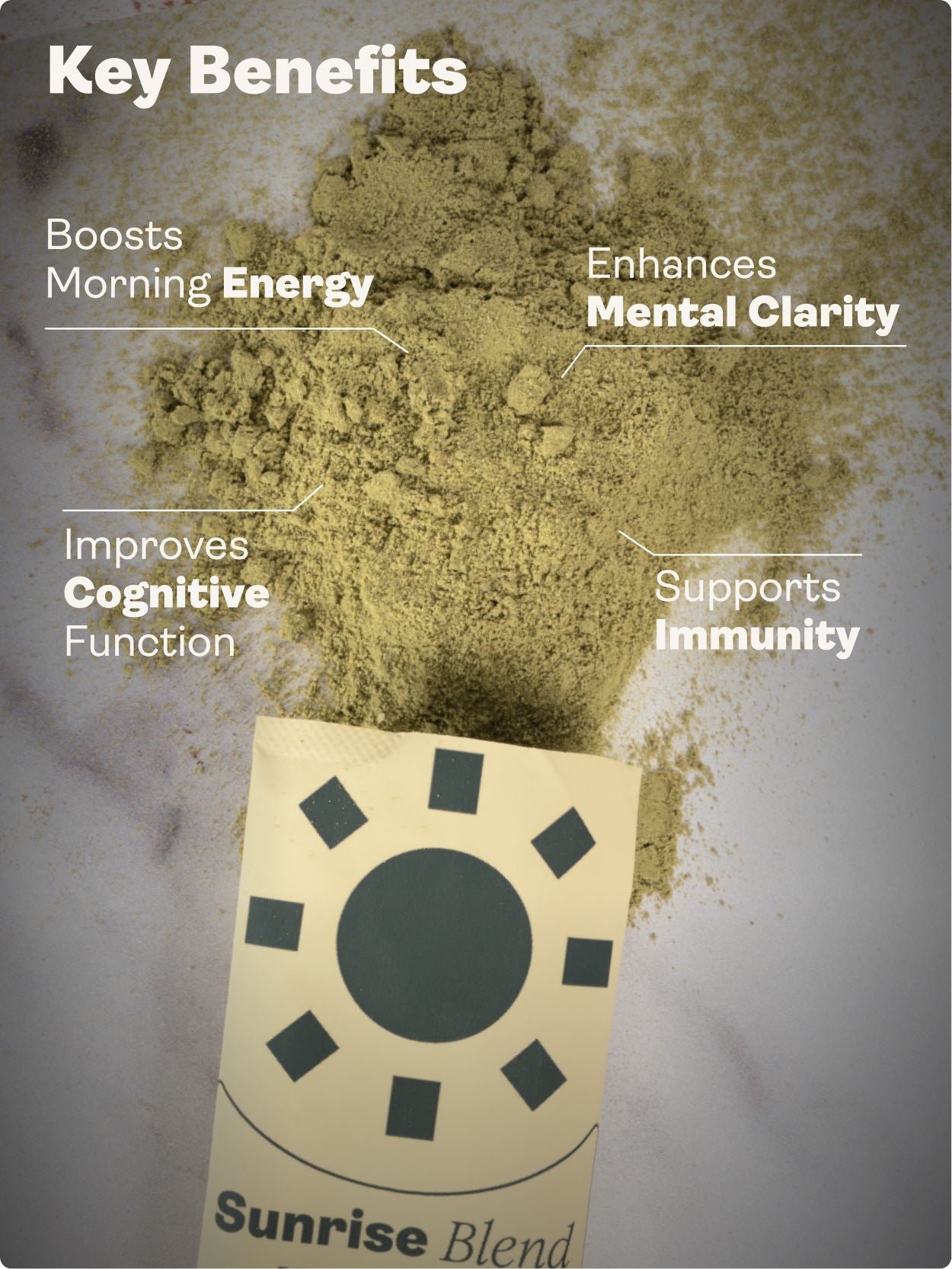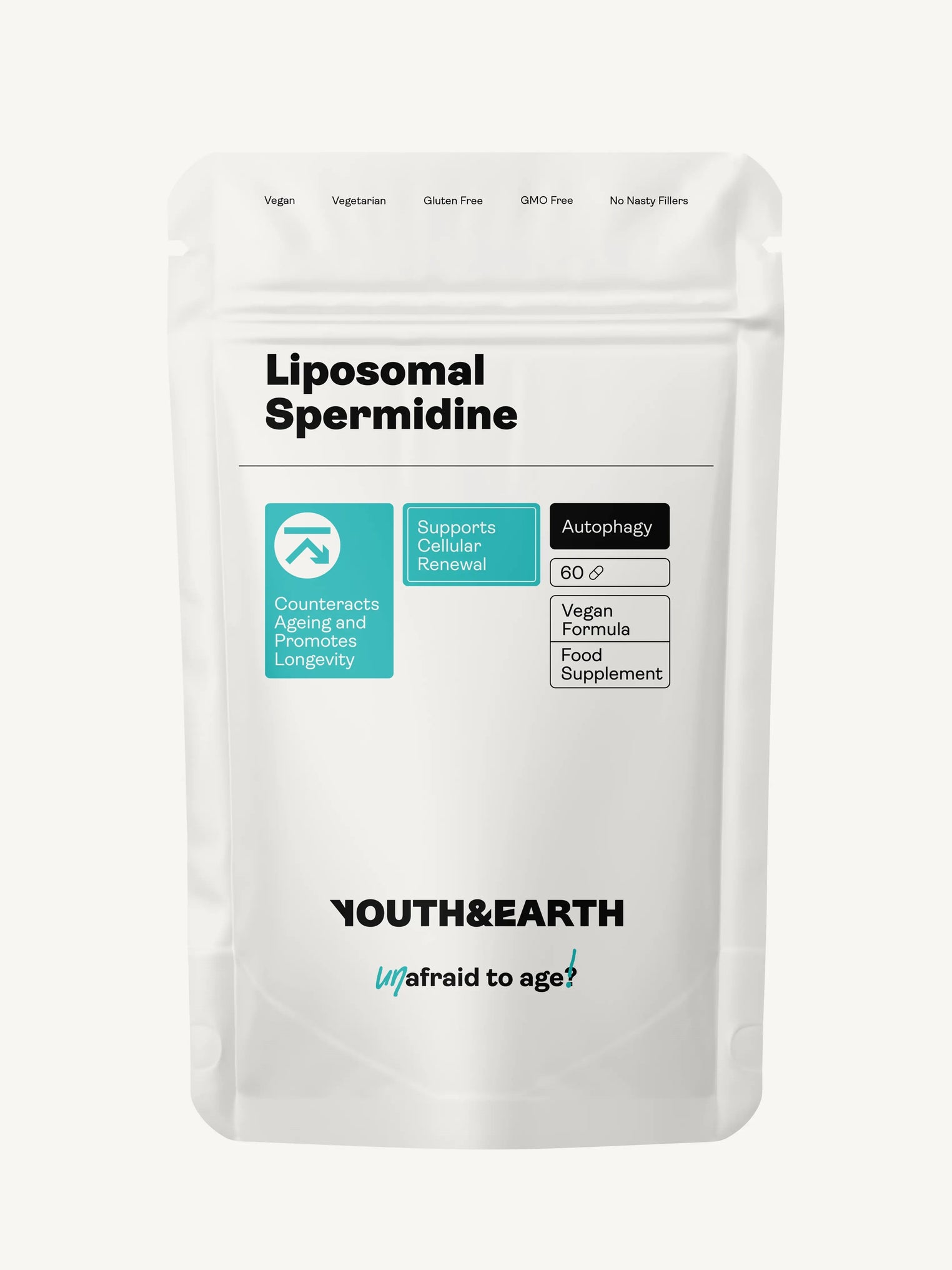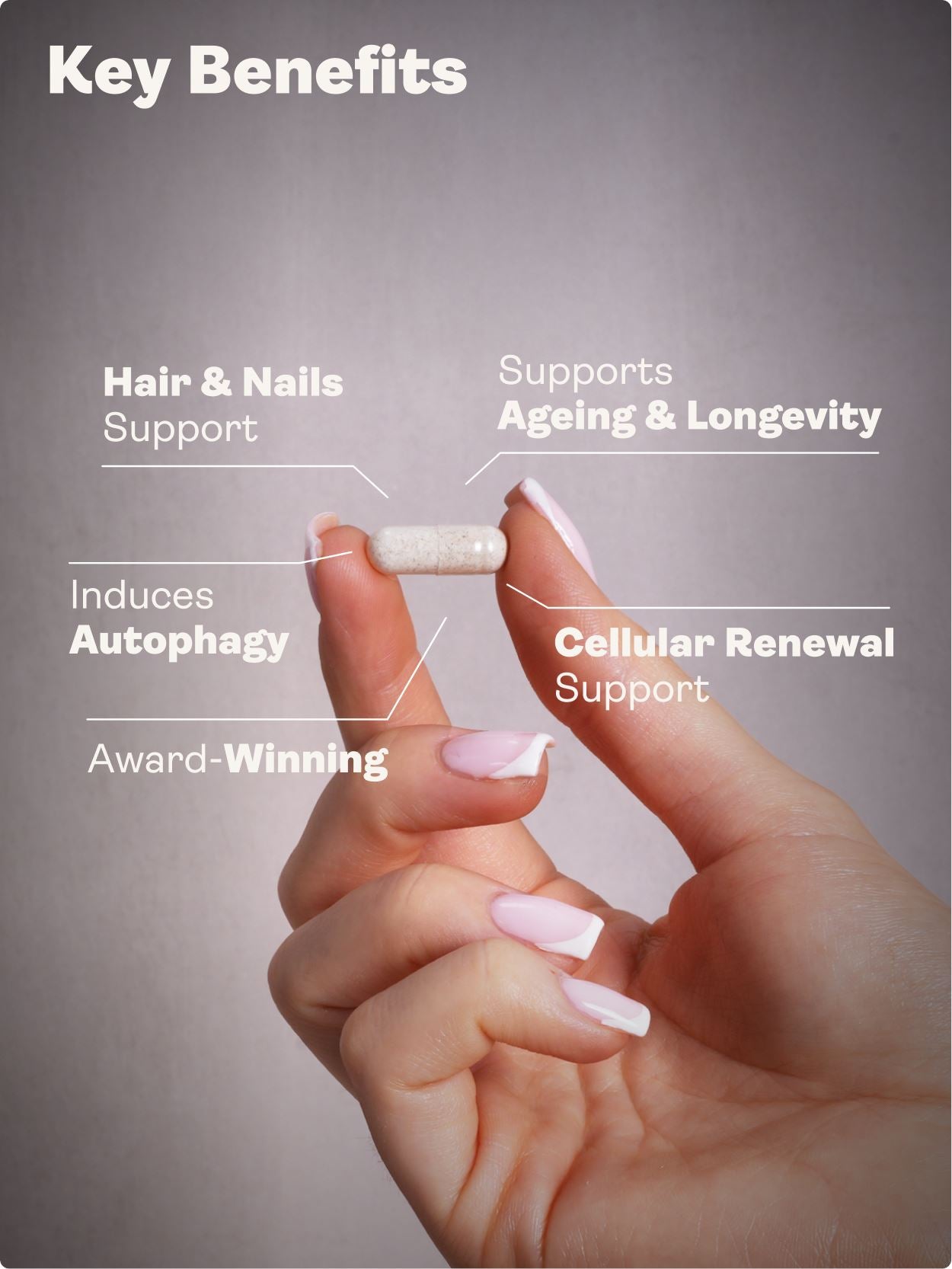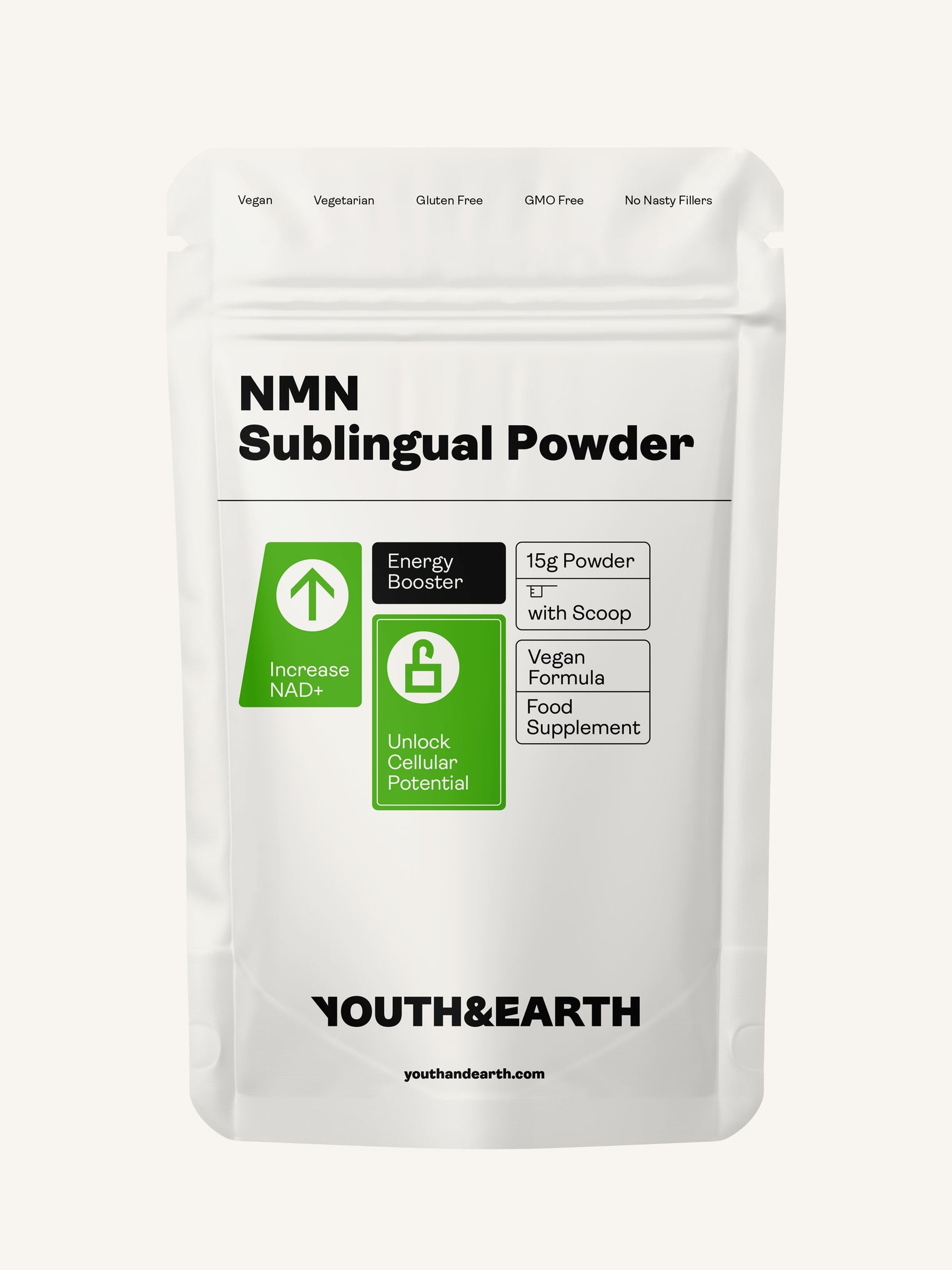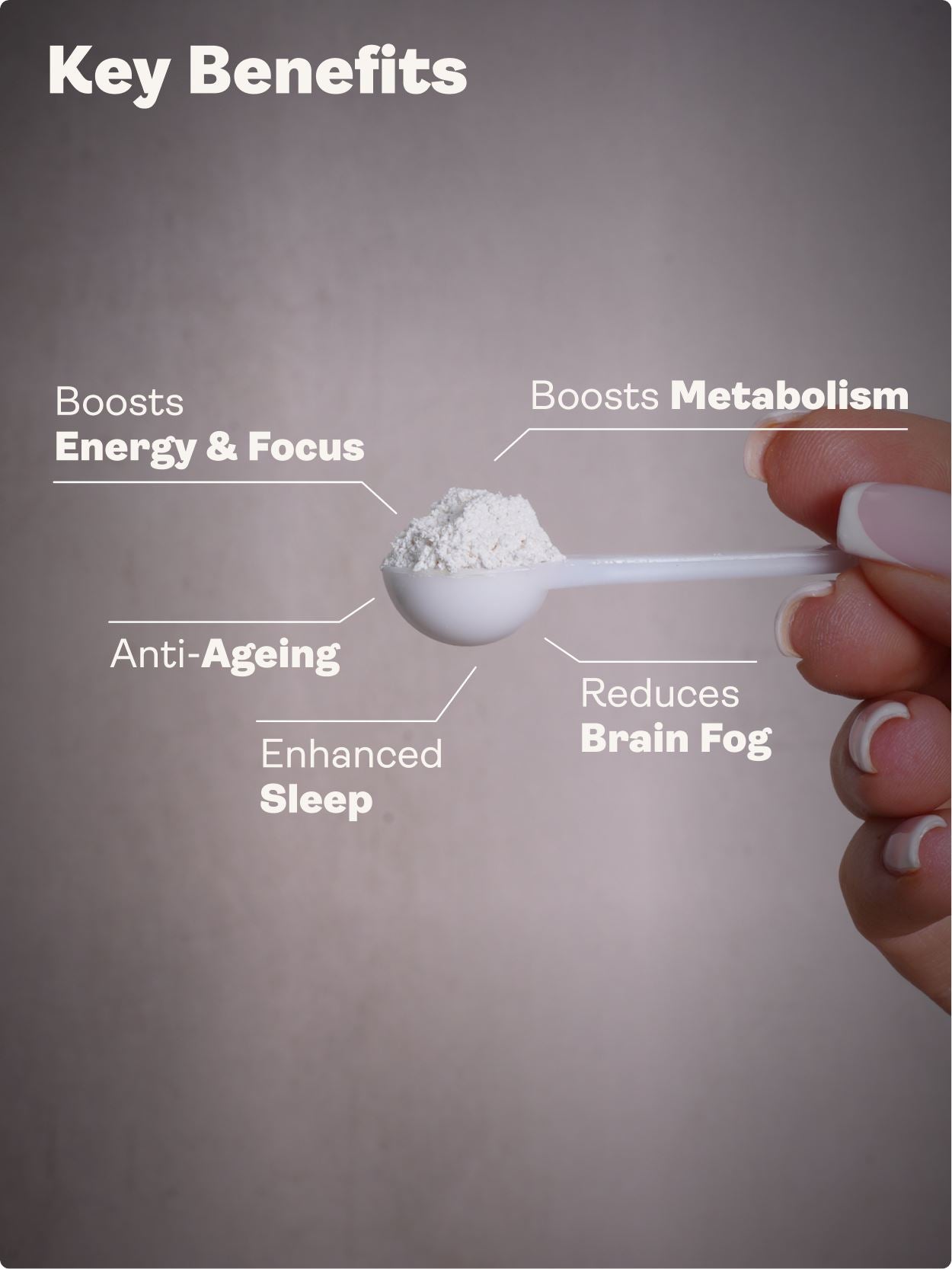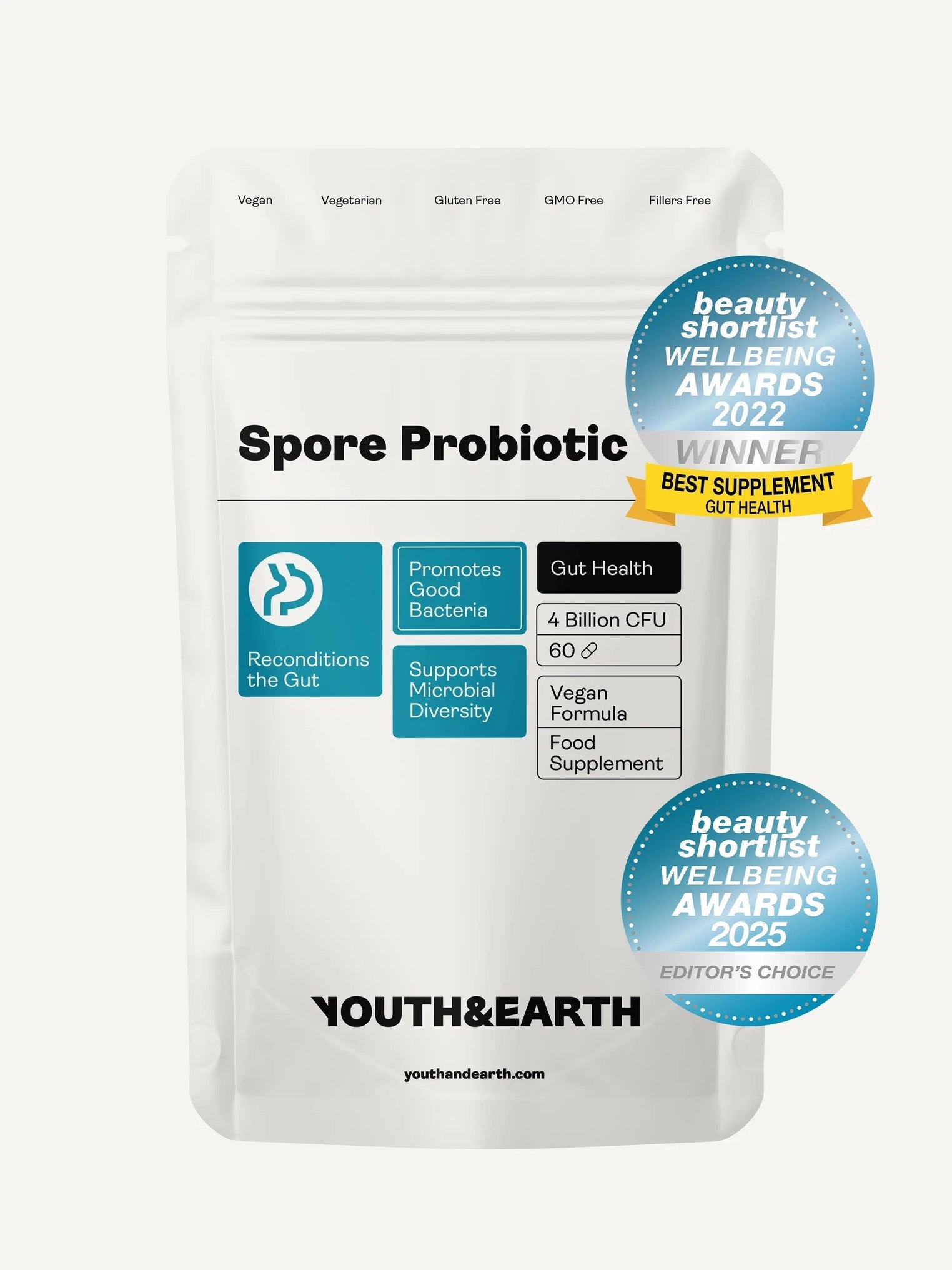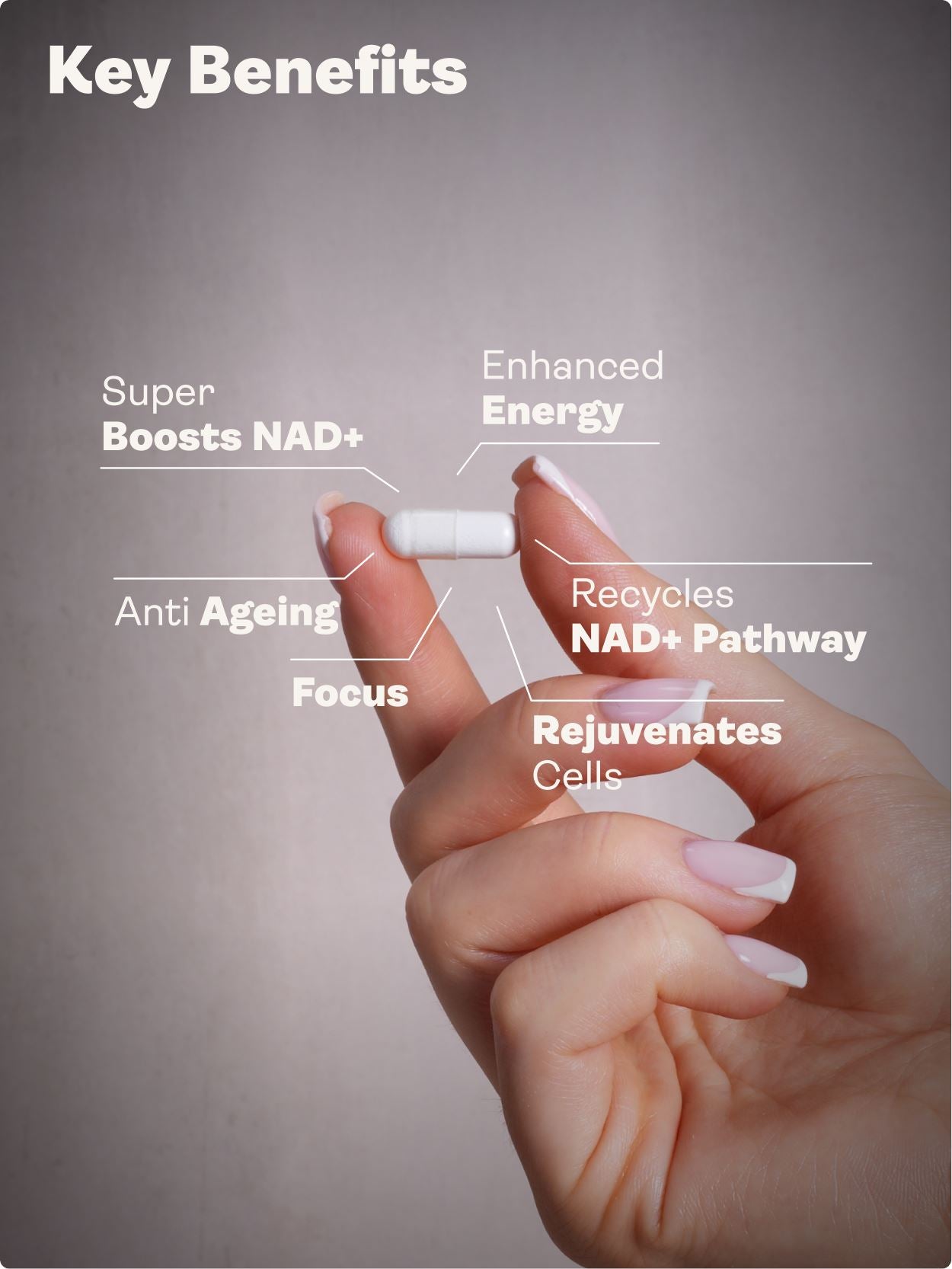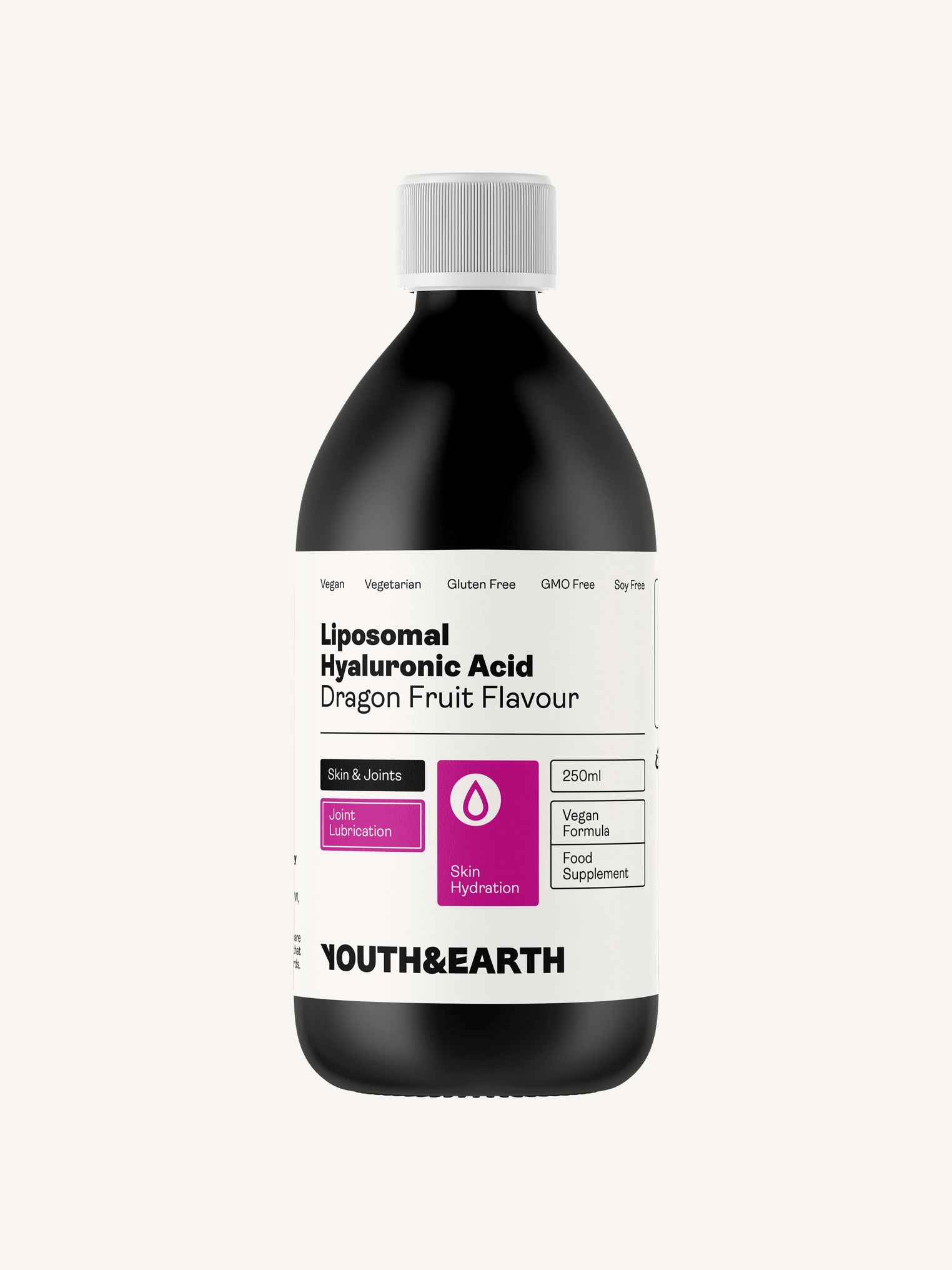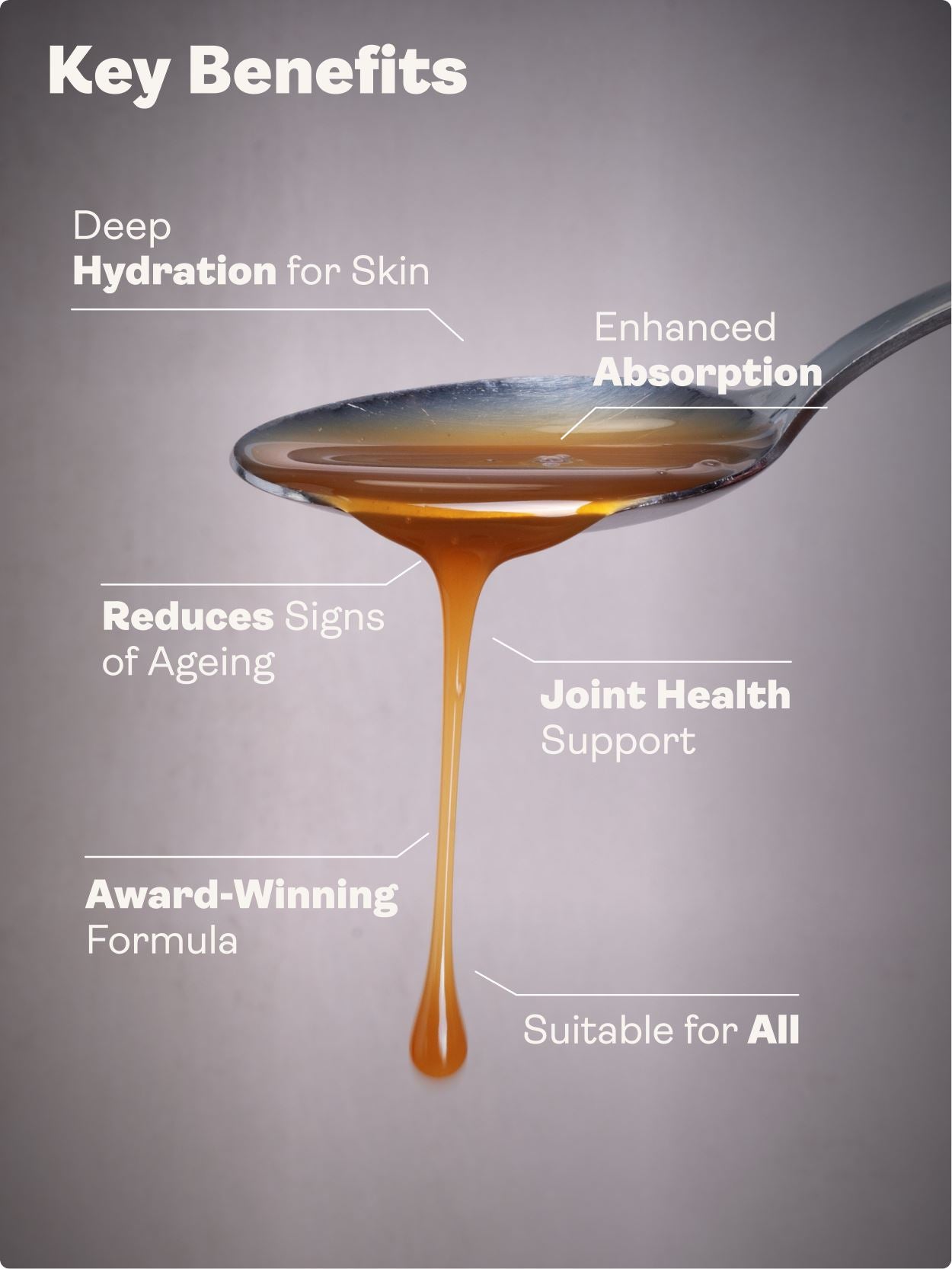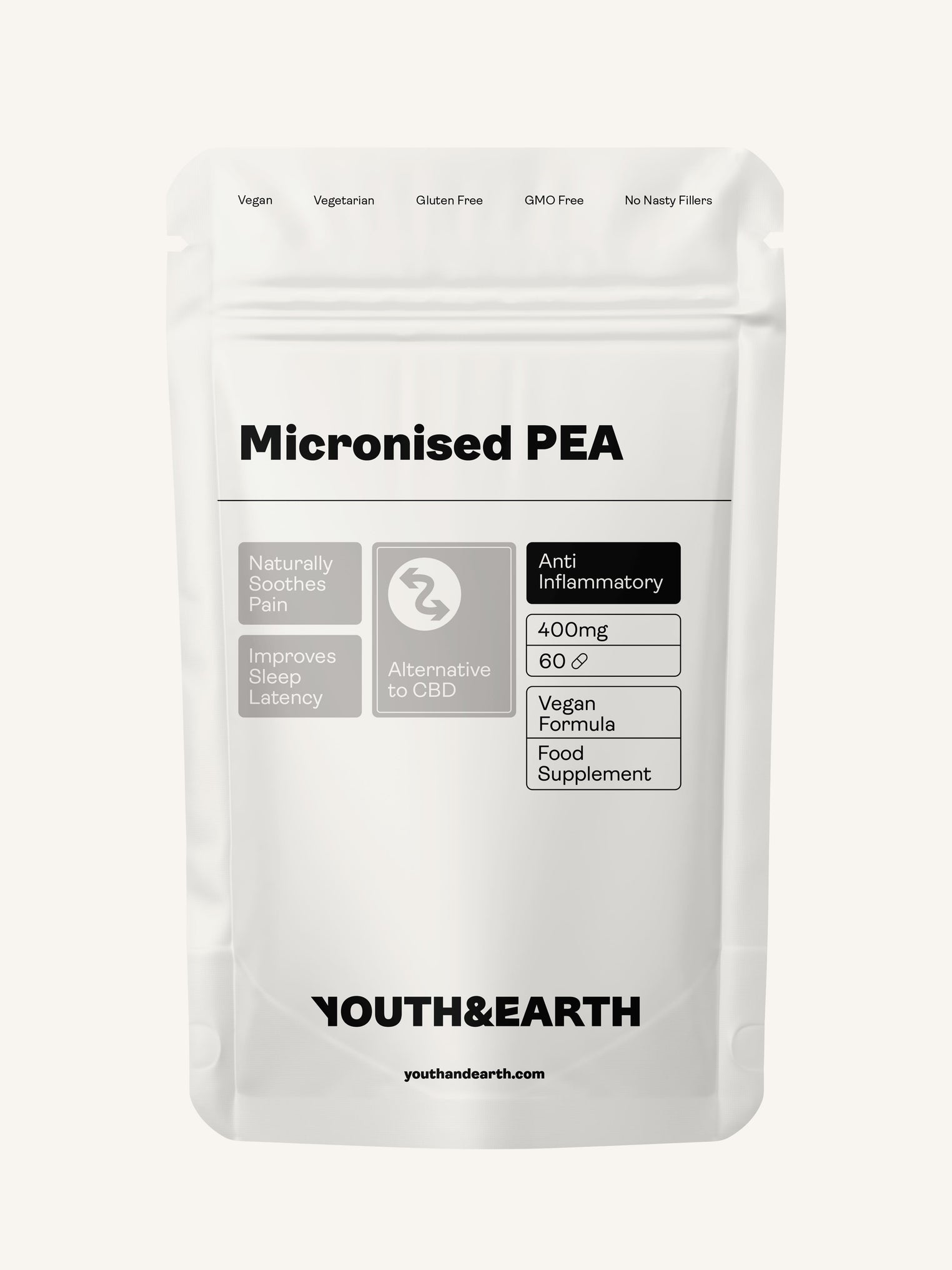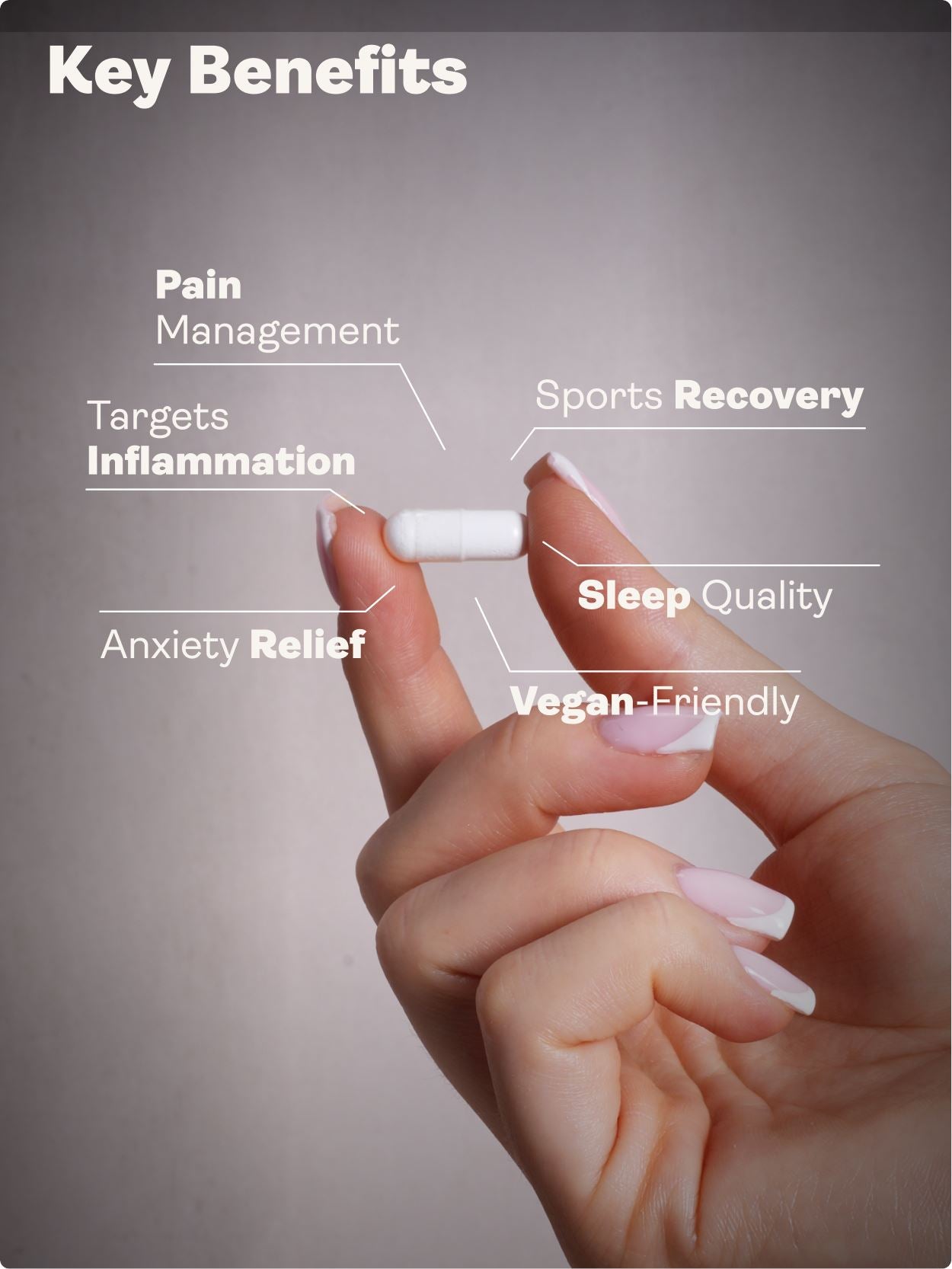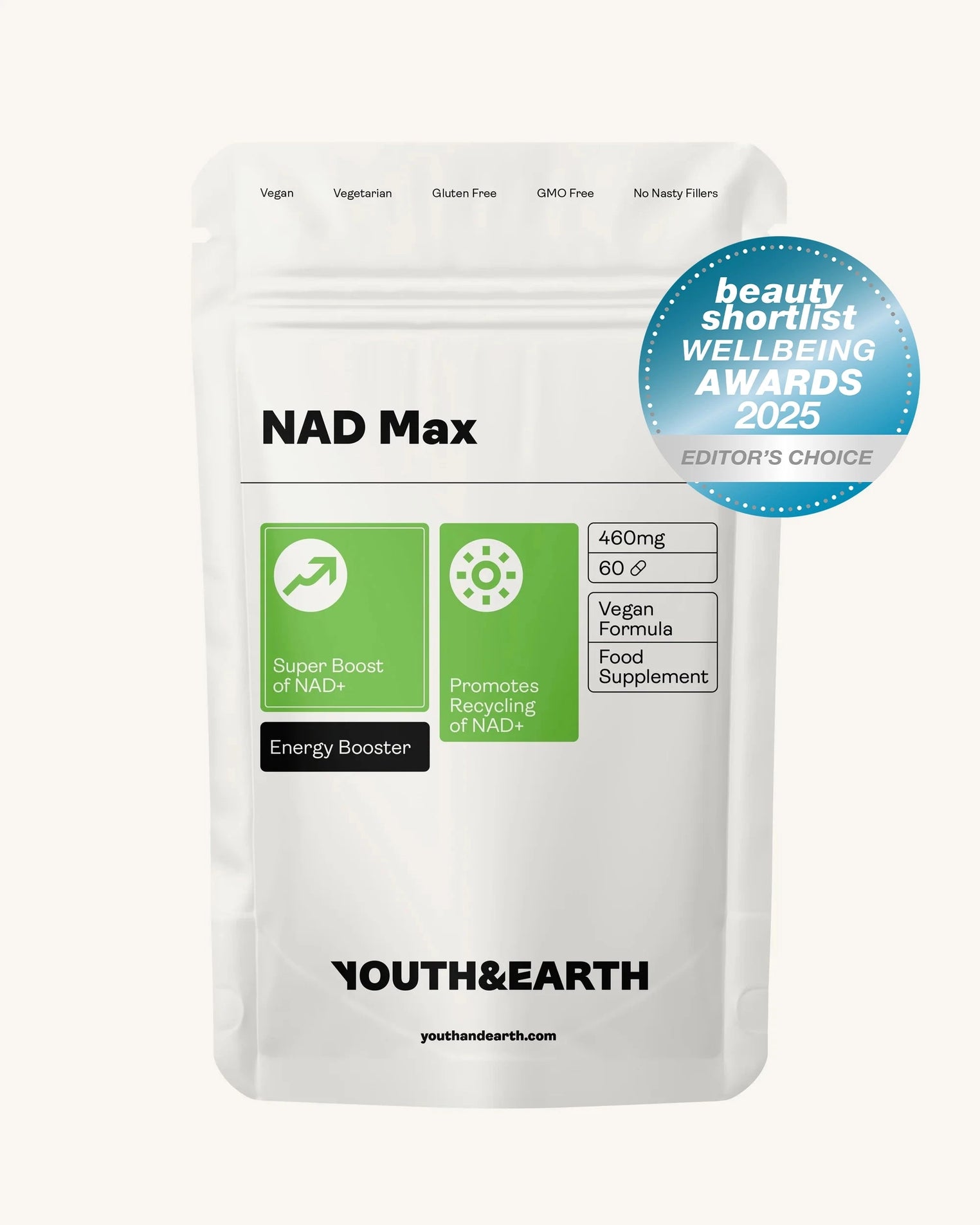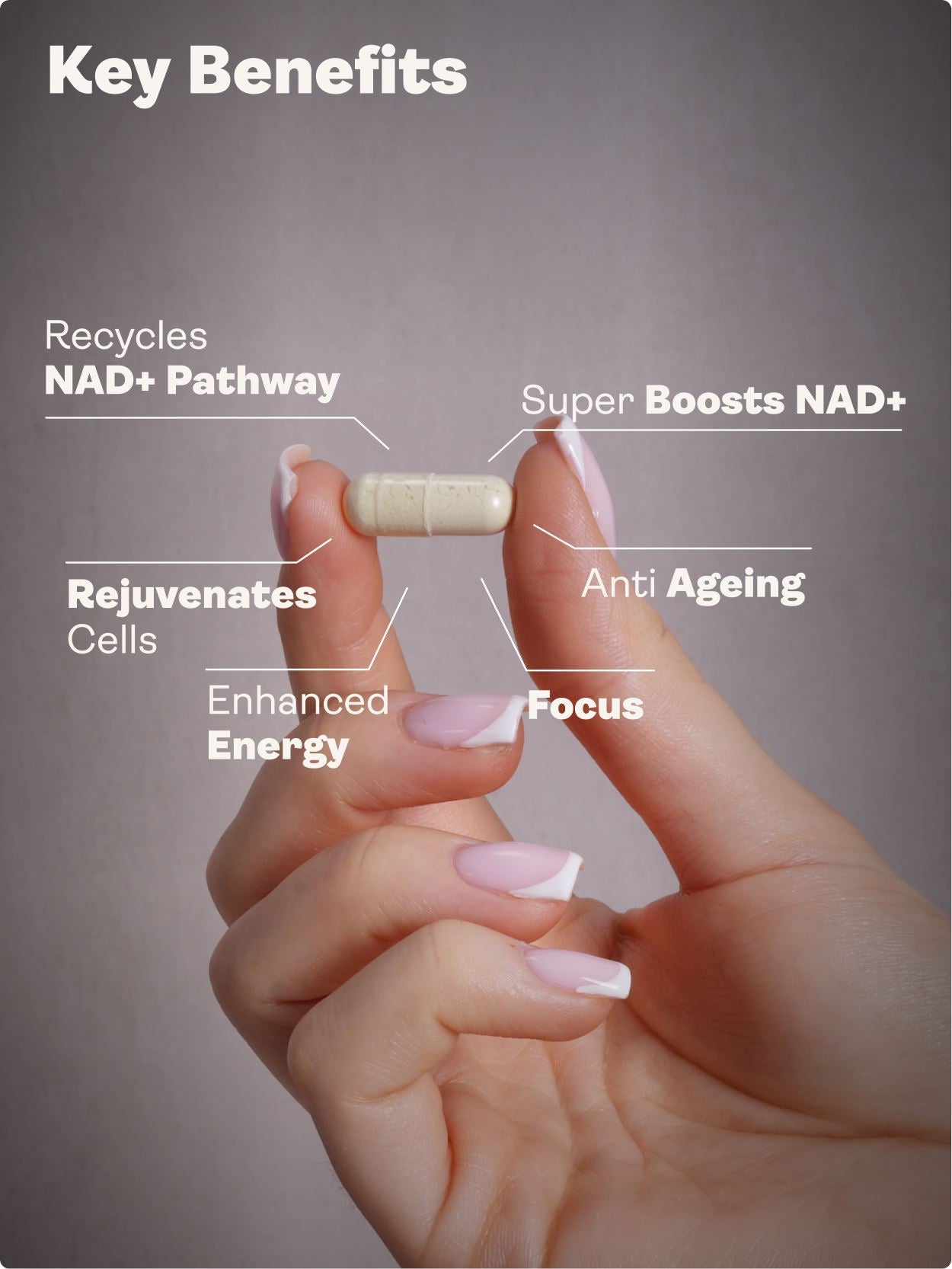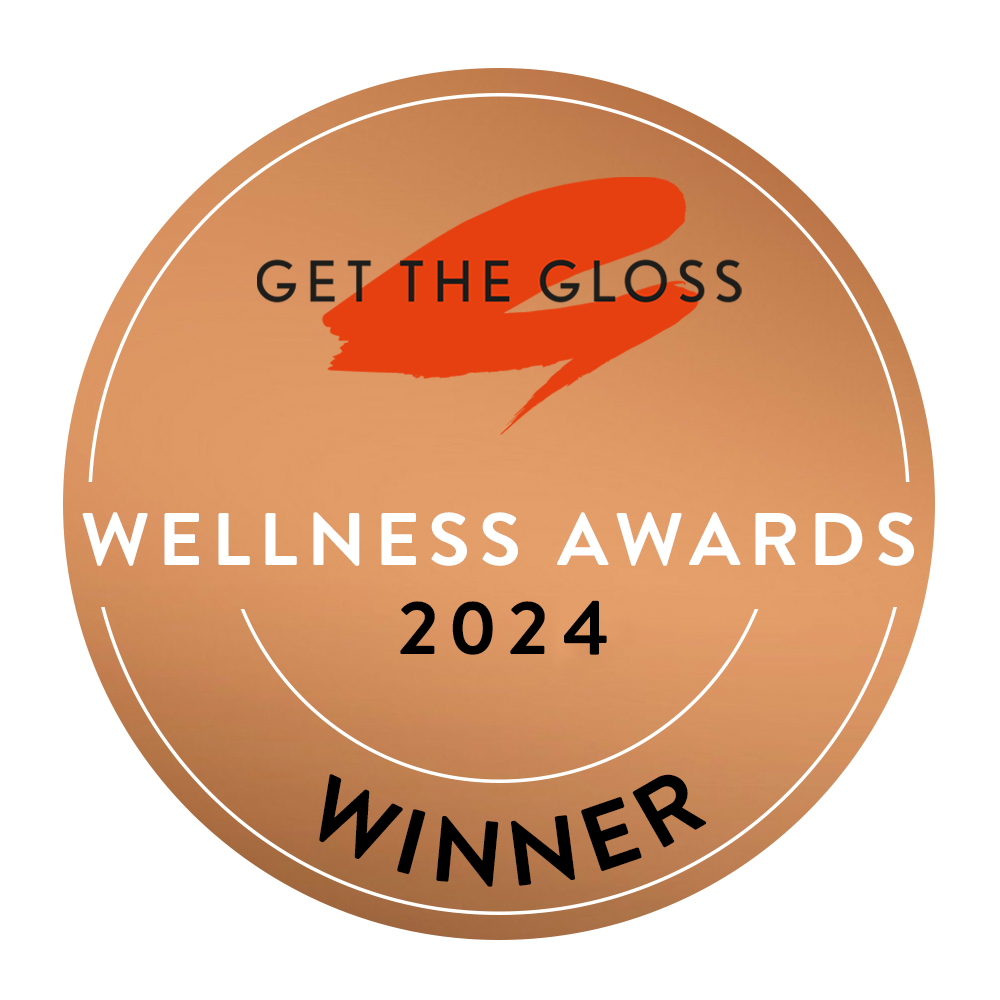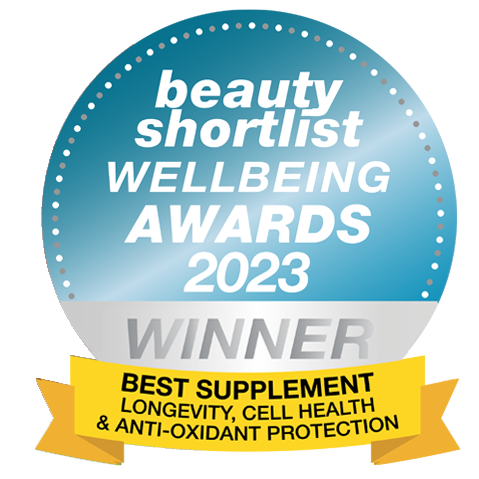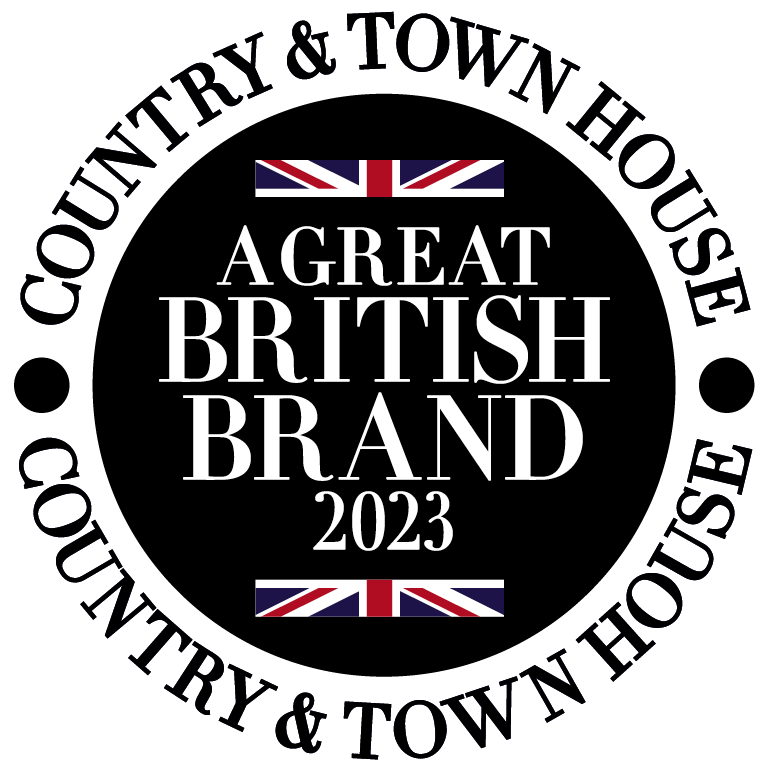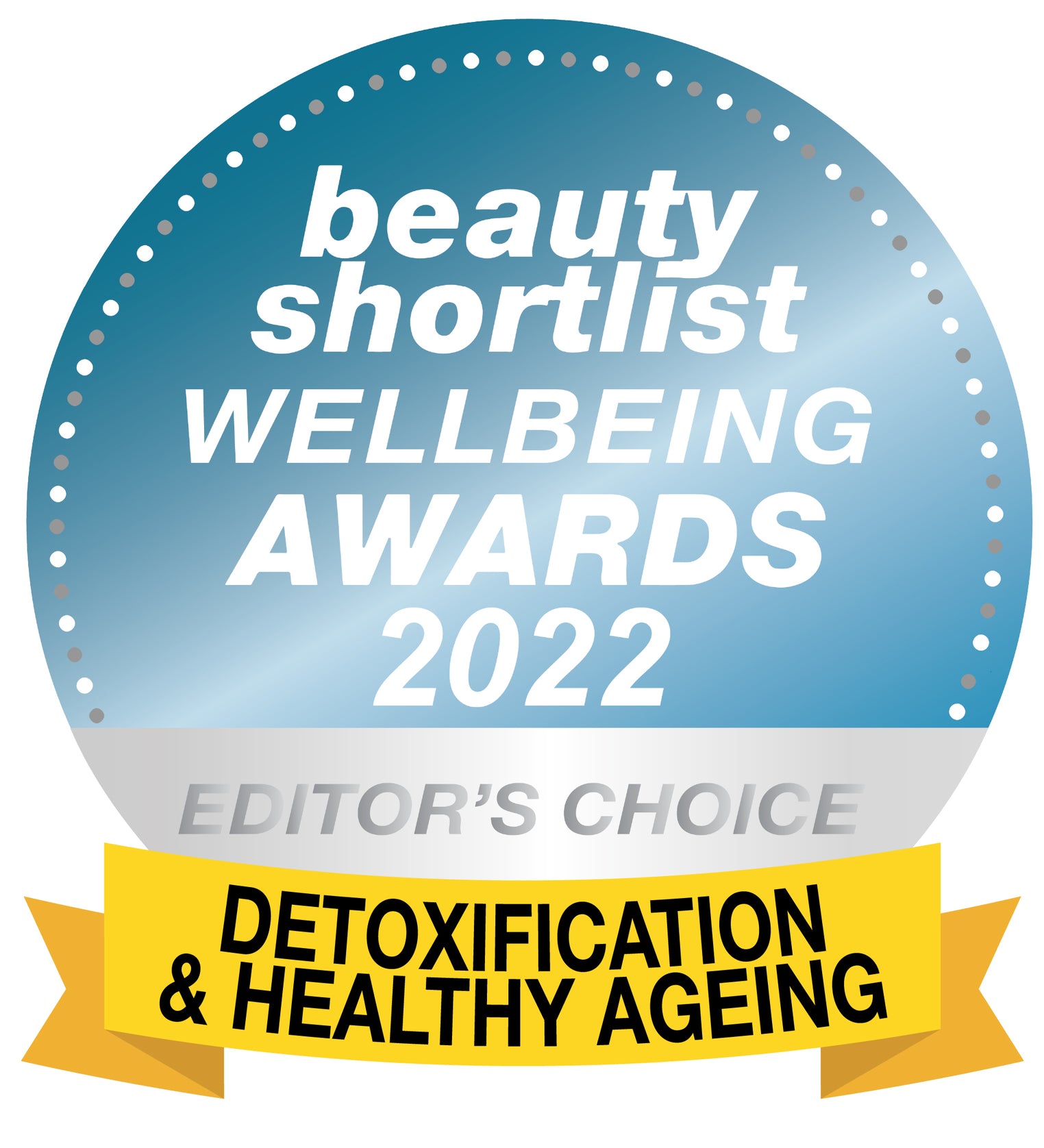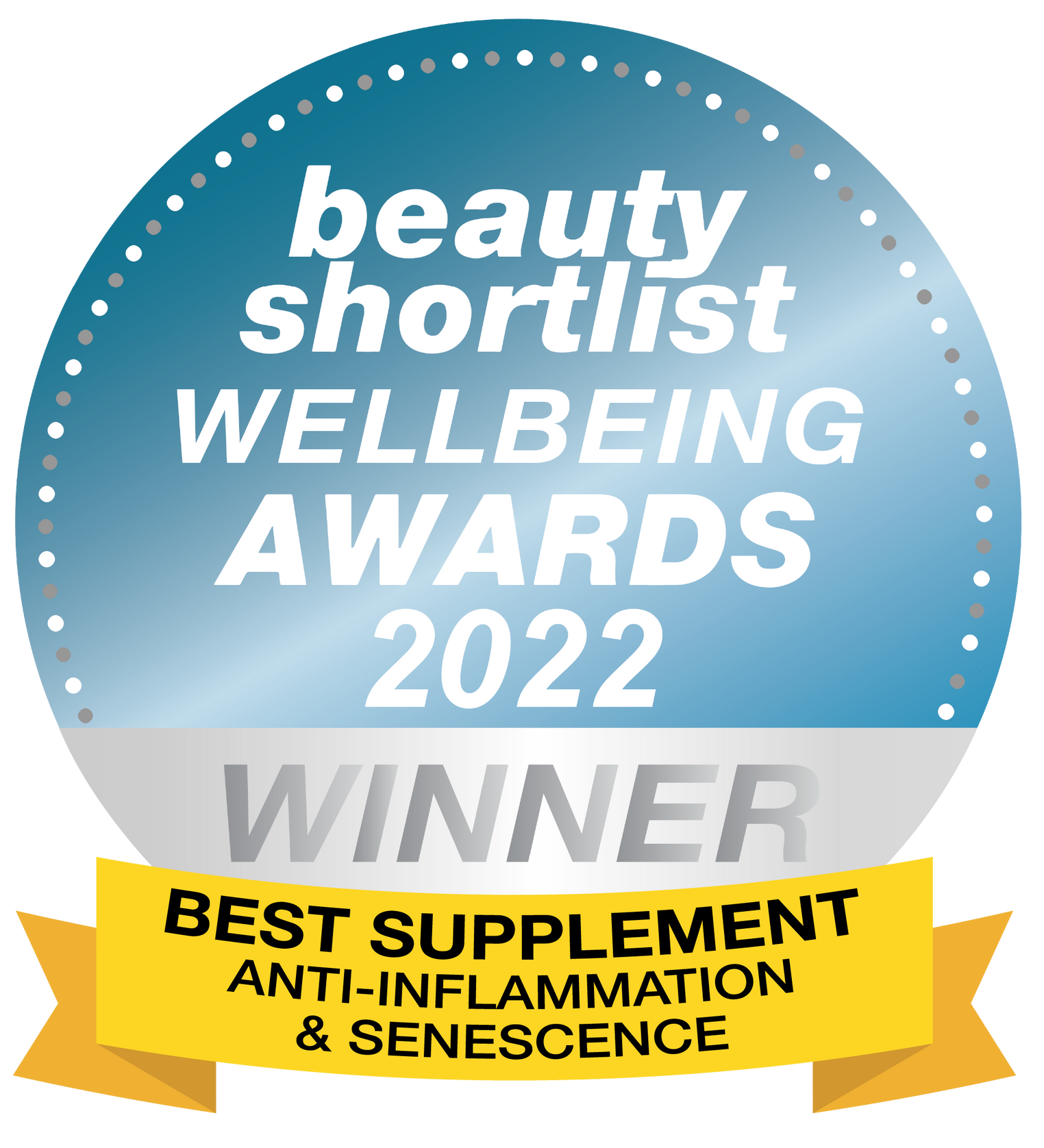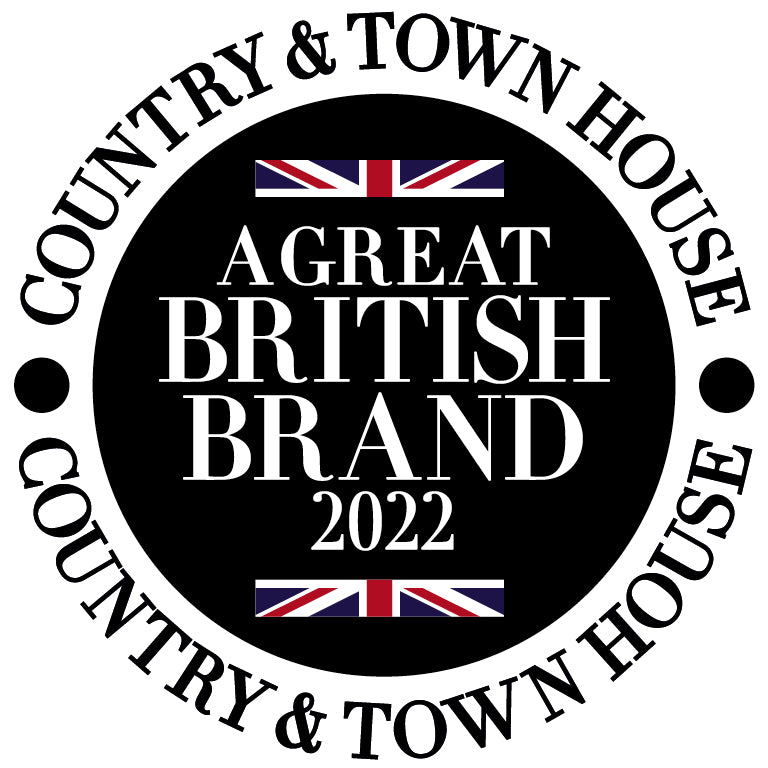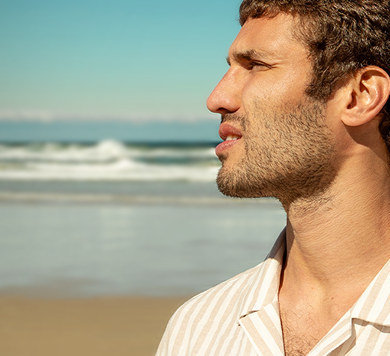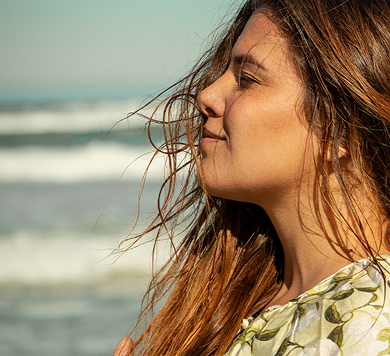Have you ever wondered how a simple heat ritual can mimic exercise, calm the mind, and support healthy ageing?
Or why sauna bathing appears in both ancient traditions and modern recovery rooms? Sauna therapy leverages controlled heat stress to trigger cardiovascular conditioning, cellular repair, and detoxification. This guide explains the science, compares traditional vs infrared, and gives you practical, research-aligned protocols that fit a biohacking, anti-ageing routine.
TL;DR
Traditional saunas heat the air (150–190°F / 65–88°C) for an intense sweat; infrared saunas use light (110–150°F / 43–65°C) to heat tissues more deeply at lower temperatures. Both can activate heat shock proteins, improve circulation, and support detoxification. Consistency, hydration, and smart recovery matter more than the model you pick. Pair sessions with electrolytes, contrast therapy, and sleep hygiene to amplify longevity benefits.
Table of Contents
- What is Sauna Therapy?
- Historical and Cultural Background
- Types of Saunas
- Science Snapshot
- The Science of Heat Therapy
- Benefits of Sauna Therapy
- Traditional vs Infrared Sauna Comparison
- Protocols and Plans
- Biohacking Stacks for Longevity
- Safety Guidelines and Contraindications
- Special Populations
- Environmental and EMF Considerations
- Maintenance & Hygiene Rituals
- FAQs
- Glossary
- About the Author
- Last Updated
Science Snapshot
- Heat exposure increases heart rate and stroke volume, training vascular flexibility similar to moderate exercise.
- Heat shock proteins (HSPs) help repair misfolded proteins and stabilise cellular structures linked to healthy ageing.
- Infrared wavelengths can interact with mitochondrial enzymes and support ATP production — key for cellular energy.
- Sweat eliminates a subset of toxins (metals and endocrine disruptors), complementing liver and kidney clearance.
- Regular sauna sessions act as hormetic stress, improving resilience and potentially supporting longevity pathways.
What is Sauna Therapy?
Sauna therapy is deliberate, measured exposure to heat to raise core temperature, induce sweating, and activate adaptive physiology. The central concept is hormesis: a mild stress that prompts overcompensation in repair, antioxidant defence, and metabolic flexibility. For biohacking and longevity, it offers a low-impact way to stimulate similar pathways to exercise and fasting.
Historical and Cultural Background
- Finland: Social and restorative ritual; dry heat with optional steam (löyly). Post-sauna cold immersion is common.
- Japan: Onsen (mineral hot springs) and sento (public baths) for relaxation, skin care, and social connection.
- Indigenous Sweat Lodges: Ceremonial steam for cleansing and community in North America.
- Russia/Eastern Europe: Banya culture blends high heat, steam, venik (birch or oak twigs), and cold plunge.
Across cultures, heat bathing is a combined physical, mental, and social practice that supports recovery and resilience.
Types of Saunas
Traditional Saunas (Finnish Saunas)
- Temperature: 150–190°F (65–88°C)
- Mechanism: Heats the air; water on stones adds steam.
- Feel: Intense ambient heat; shorter bouts.
- Best for: Strong hormetic stress; classic sauna feel.
Infrared Saunas
- Temperature: 110–150°F (43–65°C)
- Mechanism: Near/mid/far infrared warms tissues directly.
- Feel: Gentler air temperature; deeper heat in muscle/fascia.
- Best for: Longer sessions; sensitive to high heat; joint/muscle relief.
The Science of Heat Therapy
Heat Shock Proteins (HSPs)
HSPs are molecular chaperones that refold misfolded proteins, stabilise cell structures, and help clear damaged proteins. Their upregulation supports resilience to oxidative stress and may contribute to healthier ageing and recovery after exertion.
Mitochondrial Function and ATP Production
Infrared exposure can interact with mitochondrial enzymes, potentially supporting ATP synthesis. More ATP means better capacity for repair, immune activity, and metabolic flexibility — all pillars of anti-ageing strategies.
Nitric Oxide and Cardiovascular Health
Heat widens blood vessels, increasing nitric oxide availability. Benefits include improved endothelial function, lower arterial stiffness, and more efficient oxygen delivery.
Hormetic Stress and Longevity Pathways
Like fasting or high-intensity intervals, sauna sessions create a mild stress that triggers antioxidant defences and repair pathways. With repetition, the system adapts, leading to improved resilience and stress tolerance.
Detoxification Mechanisms
Sweat contributes to the excretion of some metals and industrial chemicals. While the liver and kidneys remain the primary detox organs, skin-based elimination can reduce body burden over time alongside lifestyle changes.
Autonomic Nervous System and Stress
Warmth followed by cooling can shift the body from sympathetic drive to parasympathetic recovery, aiding mood, sleep quality, and perceived stress.
Skin and Collagen Support
Heat increases blood flow to the dermis. Infrared, particularly near-infrared, may stimulate collagen production. Post-sauna topical application can penetrate more effectively when pores are open.
Benefits of Sauna Therapy
- Cardiovascular: Improved circulation, lower blood pressure over time, exercise-like adaptations.
- Metabolic: Potential improvements in insulin sensitivity and calorie expenditure during recovery.
- Detox: Sweat-mediated elimination complements hepatic and renal pathways.
- Recovery: Less muscle soreness; joint comfort; faster return to training.
- Stress & Sleep: Mood elevation, reduced perceived stress, deeper sleep latency in evening sessions.
- Skin: Surface cleansing (traditional) and collagen support (infrared).
Traditional vs Infrared Sauna Comparison
| Feature | Traditional | Infrared |
|---|---|---|
| Ambient Temp | 150–190°F (65–88°C) | 110–150°F (43–65°C) |
| Heat Delivery | Air + steam | Infrared light to tissues |
| Tolerability | Intense; shorter bouts | Gentler; longer bouts |
| Detox Emphasis | High sweat volume | Deeper penetration; metals focus |
| Skin Effects | Purging & cleansing | Collagen stimulus |
Protocols and Plans
Protocol Chooser
- New to heat or heat-sensitive: Infrared protocol, lower temps, longer but gentle sessions.
- Conditioned or seeking strong stress: Traditional sauna with short, hotter bouts.
- Detox emphasis: Infrared 3–5× weekly with mineral support and binder timing.
- Cardio/fitness emphasis: Traditional 4× weekly, sport timing rules below.
Beginner Protocol (4 Weeks)
- Weeks 1–2: 2–3 sessions/week. Infrared 110–120°F (43–49°C) for 15–25 minutes. Traditional 150–160°F (65–71°C) for 8–12 minutes.
- Weeks 3–4: 3–4 sessions/week. Infrared 120–130°F (49–54°C) for 25–35 minutes. Traditional 160–170°F (71–77°C) for 10–15 minutes (2 rounds).
- Hydration: 500–750 ml water + electrolytes 30–60 min before; sip during if needed; 500–750 ml after.
Intermediate Protocol (6 Weeks)
- Frequency: 4–5 sessions/week.
- Infrared: 130–145°F (54–63°C), 30–45 minutes, steady breathing.
- Traditional: 170–185°F (77–85°C), 12–15 minutes × 2–3 rounds; optional light steam (löyly).
- Contrast: Optional 1–3 minute cool rinse or plunge between rounds.
Advanced Performance Protocol
- Frequency: 5–7 sessions/week with at least 1 lower-intensity day.
- Traditional: 175–190°F (79–88°C), 12–16 minutes × 3–4 rounds; cold immersion 2–3 minutes between rounds.
- Infrared: 140–150°F (60–65°C), 40–50 minutes; finish with 60–120 seconds cold.
- Sport timing: Post-lift cold may blunt hypertrophy signalling; keep intense cold >6–8 hours away from heavy resistance training. Use heat post-lift or on rest days.
Weekly Planner
| Day | Session | Notes |
|---|---|---|
| Mon | Infrared 35 min @ 135°F | Evening; sleep support |
| Tue | Traditional 12+12 min @ 175°F | Light contrast |
| Wed | Rest or mobility | Hydration focus |
| Thu | Infrared 40 min @ 140°F | Detox stack |
| Fri | Traditional 12+12+12 @ 180°F | Cold finish |
| Sat | Optional 30–40 min IR | Skin routine |
| Sun | Rest | Minerals + sleep |
Pre-Sauna Checklist
- Hydrate: 500–750 ml water + electrolytes (sodium 300–500 mg, potassium 150–300 mg, magnesium 50–100 mg).
- Fuel: Light protein/carb if training same day; avoid heavy meals 60–90 minutes before.
- Lymph activation: 3–5 minutes of bouncing, dry brushing towards heart, or 2 minutes on a vibration plate.
- Optional detox prep: If using binders, time them post-sauna (see below).
Post-Sauna Recovery
- Rinse: Warm or cool shower; remove sweat-borne compounds.
- Rehydrate: 500–750 ml water + electrolytes within 30 minutes.
- Protein window: 20–40 g protein within 1–2 hours if training.
- Minerals: Magnesium (glycinate or malate 200–400 mg) in the evening supports sleep and muscle relaxation.
- Optional binder timing: 30–60 min after session if part of a supervised detox plan.
Biohacking Stacks for Longevity
Contrast Therapy
- Classic: Heat 12–15 min → Cold plunge 1–3 min → Repeat 2–3 rounds → Finish cold.
- Gentle: Heat 20–30 min (IR) → Cool shower 30–60 sec → Repeat once.
- Sleep focus: Evening heat without cold; allow gradual cooling to promote melatonin rhythm.
Supplement Synergy
- Before: Electrolytes; optional adaptogens if you tolerate them.
- After: Vitamin C or mixed antioxidants; magnesium; trace minerals.
- Skin: Apply a gentle, antioxidant-rich mask post-sauna; follow with ceramide or hyaluronic acid moisturiser.
Breathwork and Meditation Integration
- Box breathing (4-4-4-4) to stabilise CO₂ tolerance and calm arousal.
- Slow nasal breathing at 6 breaths/min for heart-rate variability support.
- Short body-scan meditation to reinforce parasympathetic dominance.
Circadian and Sleep Alignment
- Evening infrared sessions can ease sleep onset if finished 60–120 minutes before bed.
- Avoid very late high-heat if it overstimulates you; test your timing.
Nutrition and Fasting Timing
- Fasted infrared can feel comfortable for some; prioritise electrolytes.
- Post-training heat can aid relaxation; keep intense cold separate from hypertrophy sessions.
Skin Longevity Routine
- Cleanse → Sauna → Rinse → Antioxidant mask (vitamin C, green tea) → Serum (niacinamide) → Moisturise.
- Use mineral sunscreen the next morning; heat can increase photosensitivity in some skin types.
Safety Guidelines and Contraindications
- Avoid sessions if feverish, acutely unwell, or after alcohol.
- Medical guidance if you have cardiovascular disease, uncontrolled hypertension, kidney disease, or are pregnant.
- Start low, progress gradually; stop if dizzy, nauseous, or unusually breathless.
- Replace fluids and salts proportional to sweat loss.
Special Populations
- Beginners/heat-sensitive: Choose infrared; extend duration slowly; prioritise hydration.
- Endurance athletes: Heat acclimation can support plasma volume; keep cold far from key training if chasing adaptation.
- Strength athletes: Use heat post-lift; save intense cold for off-days to avoid blunting adaptation.
- Skin-concerned users: Infrared for collagen support; add antioxidant topicals post-sauna.
Environmental and EMF Considerations
- Prefer low-EMF infrared units and non-toxic woods/adhesives.
- Ventilate well; wipe benches; keep clean textiles.
Maintenance & Hygiene Rituals
- Rinse body before and after sessions.
- Wash towels/high-sweat textiles promptly.
- Periodic wood cleaning with gentle, non-toxic solutions.
FAQs
-
How often for longevity benefits?
Four to seven sessions per week show the strongest associations in cohort data; start lower and build up. -
Best time of day?
Evening sessions can aid sleep; mid-day works for recovery. Test what fits your schedule and energy. -
How long should a session be?
Traditional: 10–15 minutes per round × 2–4. Infrared: 30–45 minutes continuous, depending on tolerance. -
Do I need a cold plunge?
No. Cold amplifies contrast benefits but is optional. For sleep, finish warm. -
Will sauna help weight loss?
It increases acute calorie burn and can support metabolic health, but sustainable fat loss still depends on diet and activity. -
Is sweating necessary for detox?
Yes for sweat-mediated elimination, but liver and kidneys remain primary detox organs. Sauna is complementary. -
Can sauna replace cardio?
It mimics some cardiovascular load, but movement brings unique benefits. Use both where possible. -
What about skin redness or breakouts?
Often transient. Cleanse pre- and post-sauna; avoid heavy occlusives before sessions; apply light antioxidants after. -
Headaches after sauna?
Usually dehydration or electrolyte loss. Increase water, sodium, potassium, and magnesium. -
Is infrared safer than traditional?
Both are safe when used properly. Infrared’s lower ambient heat is often easier to tolerate. -
Sauna during fasting?
Possible with care. Emphasise electrolytes; shorten sessions if light-headed. -
How long to see benefits?
Some feel better sleep and relaxation within a week; cardiovascular and skin changes accrue over weeks to months.
Glossary
- Anti-ageing / Healthy ageing: Strategies that support function, resilience, and reduced disease risk with age.
- Biohacking: Practical, measurable lifestyle and technology interventions to optimise health and longevity.
- Detoxification: Biological processes that transform and eliminate internal and environmental compounds.
- Endothelial function: Performance of blood vessel lining that regulates tone and blood flow.
- Heat shock proteins (HSPs): Chaperone proteins that stabilise and refold damaged proteins.
- Hormesis: Beneficial adaptations to low-dose stress like heat, cold, or fasting.
- Infrared (IR): Light just beyond visible red; used to deliver heat deeper into tissues.
- Mitochondria: Cellular organelles that generate ATP energy.
- Nitric oxide (NO): Molecule that signals blood vessels to relax, improving circulation.
- Plasma volume: The liquid component of blood; can expand with heat acclimation.
- Parasympathetic: “Rest-and-digest” branch of the nervous system promoting recovery.
- Thermal load: Total heat stress from temperature, duration, and frequency of sessions.
About the Author
Ed Van Harmelen is the founder of Youth & Earth and a passionate advocate for biohacking and anti-ageing since 2017. He has been featured in numerous podcasts and wellness publications for his insights on longevity, biohacking, and the science behind supplements. Ed is widely regarded as a pioneer in bringing cutting-edge anti-ageing tools to everyday consumers, making the benefits of advanced biohacking science both accessible and actionable. He is also the founder of optimallyme.com, which is a leading B2B health optimisation platform, and V14, an all-in-one longevity supplement.
Last Updated
Saturday, August 9, 2025, 06:15 PM BST
The content of this article is for informational purposes only and is not a substitute for professional medical advice, diagnosis, or treatment. Always seek the advice of a physician or qualified health provider regarding any questions about a medical condition or programme.






















